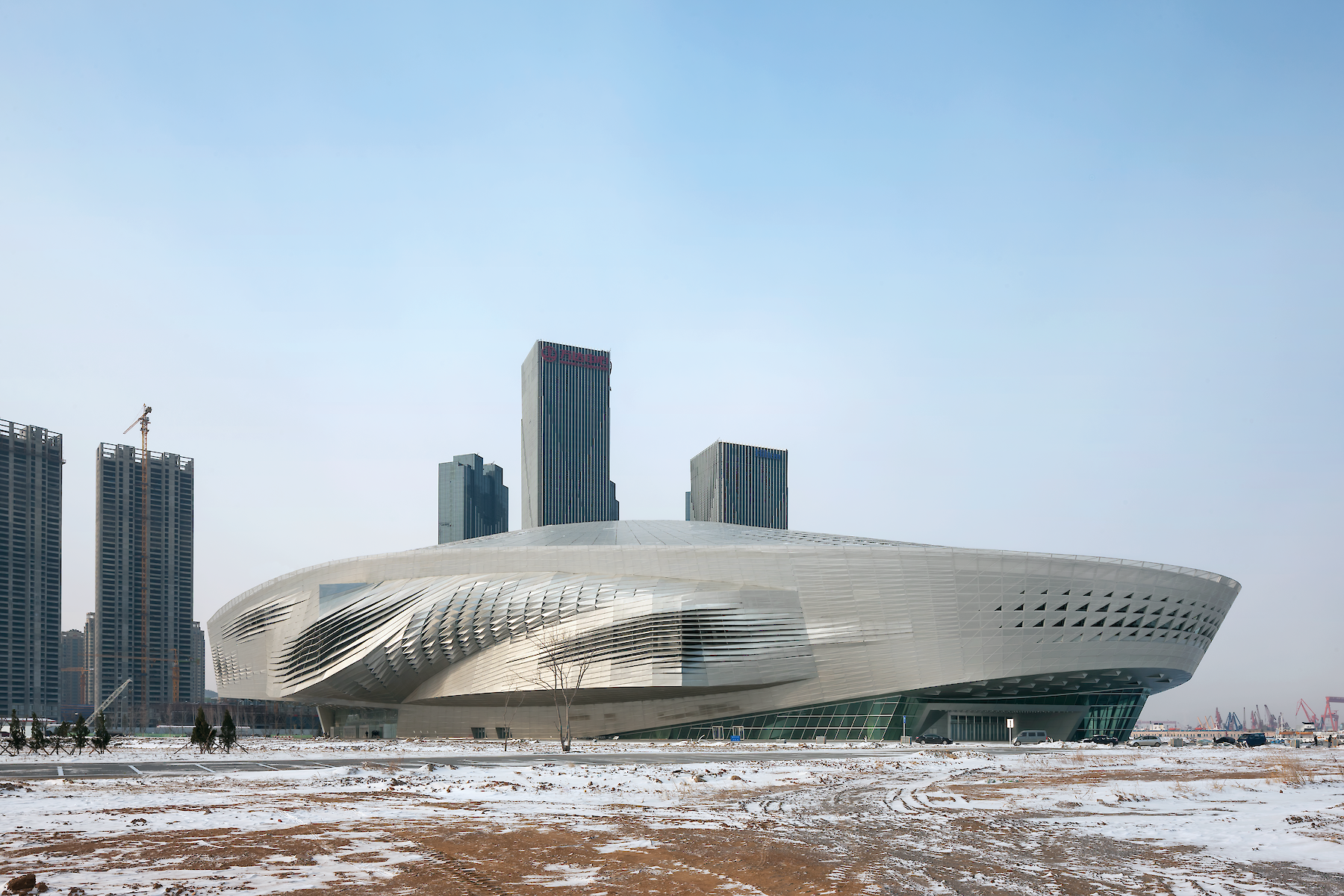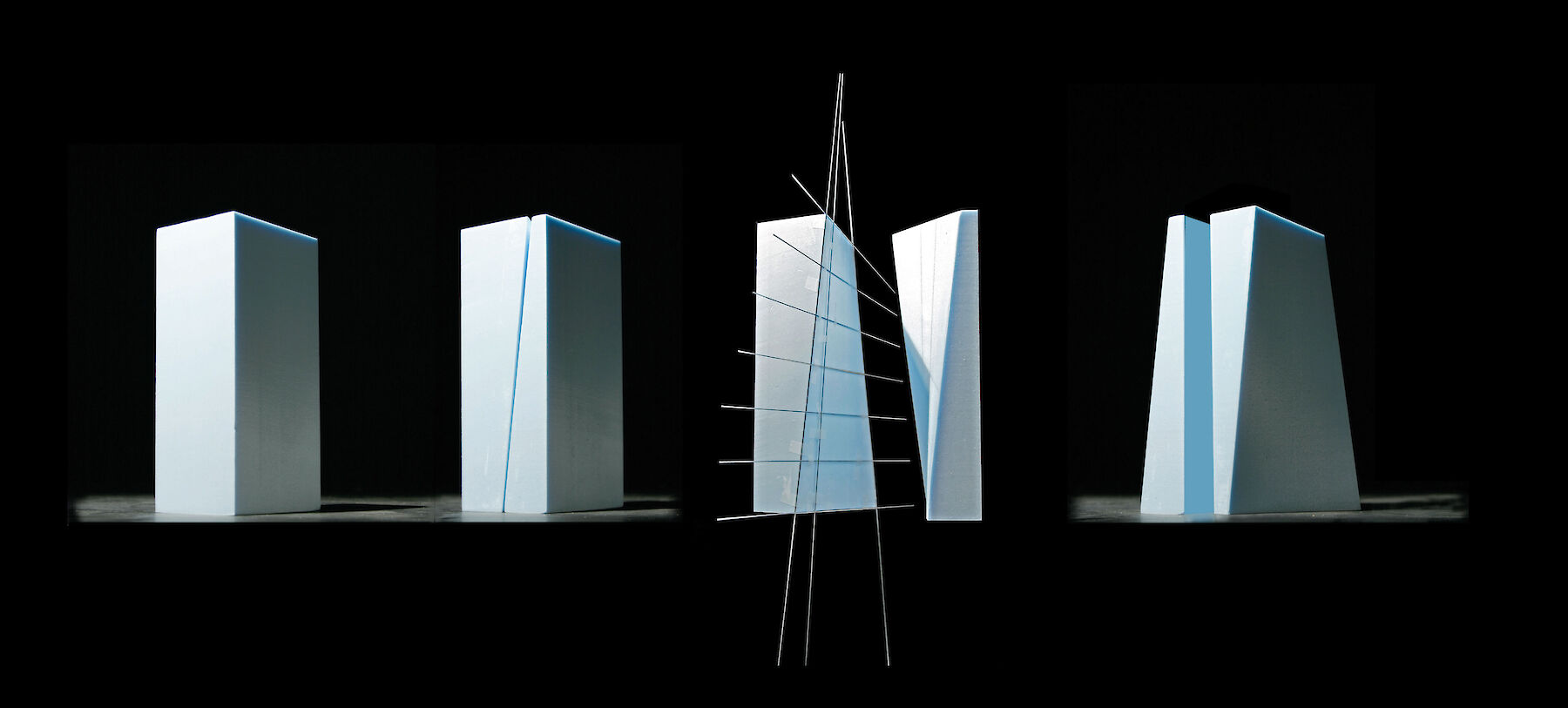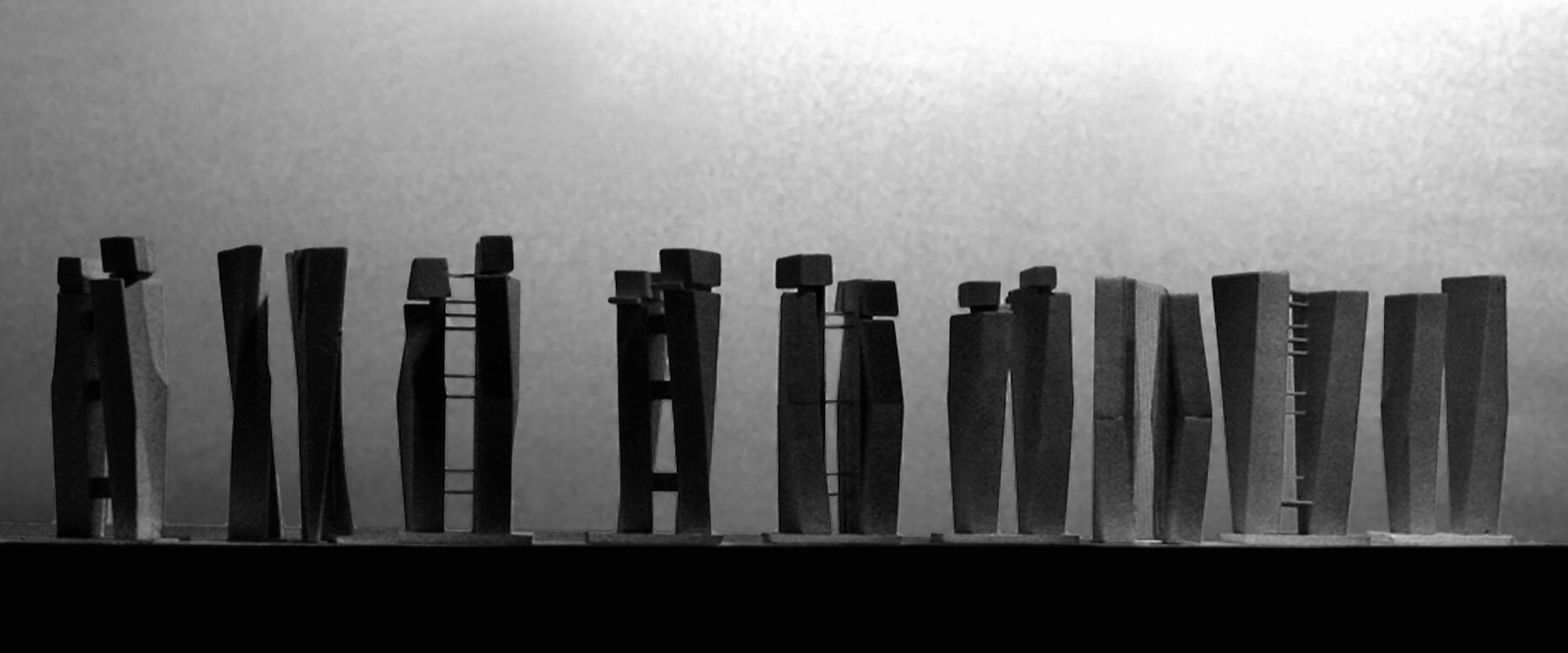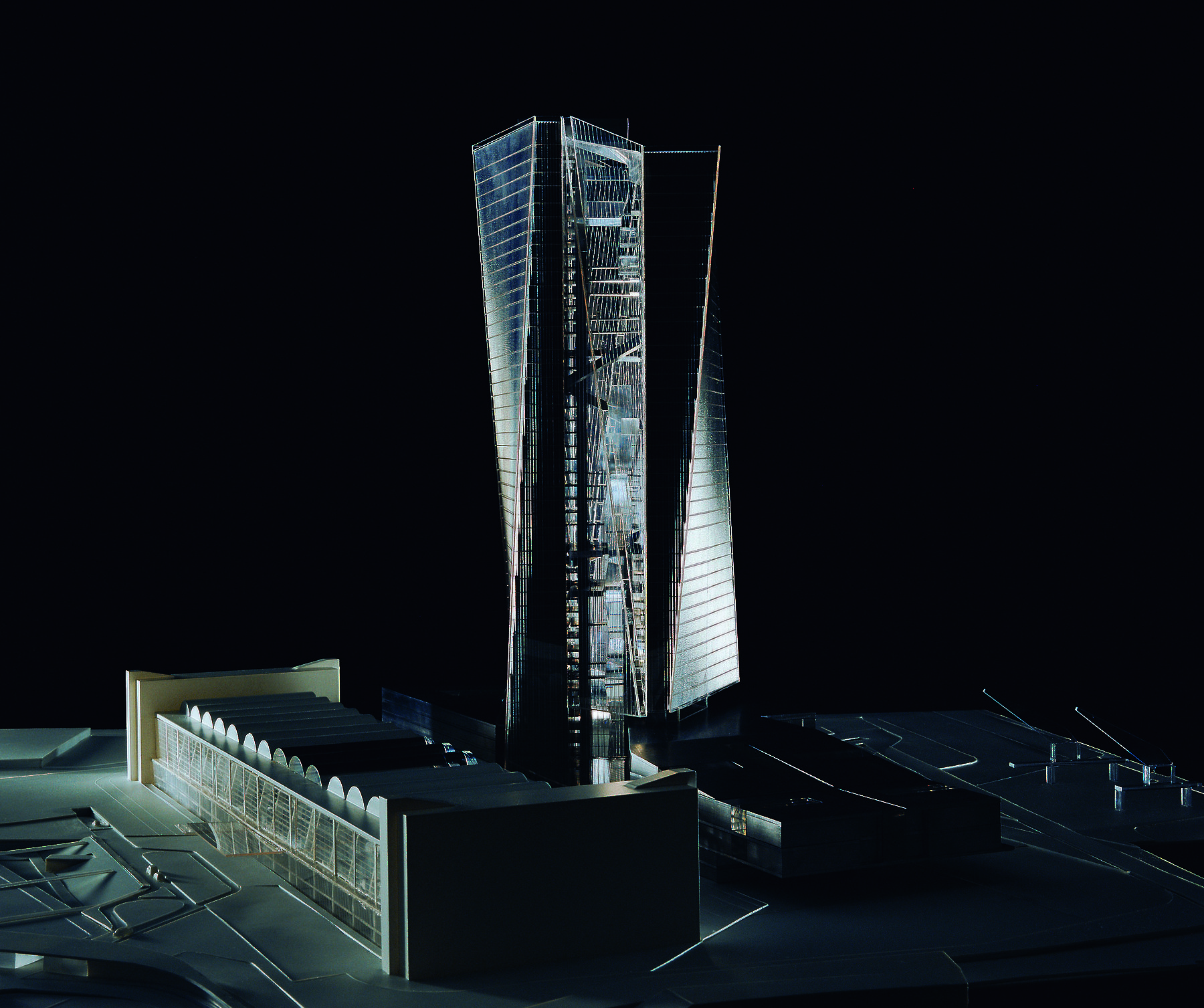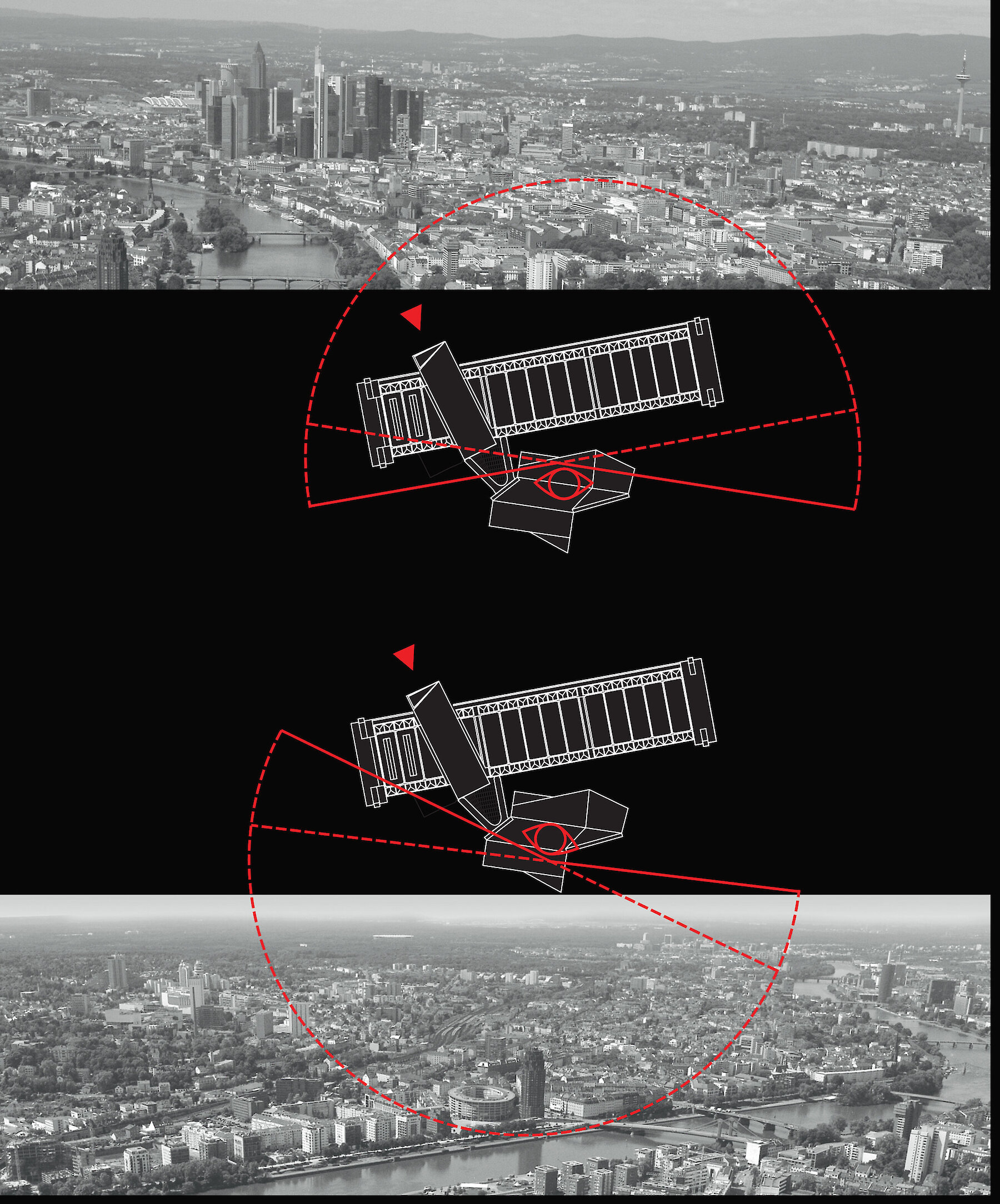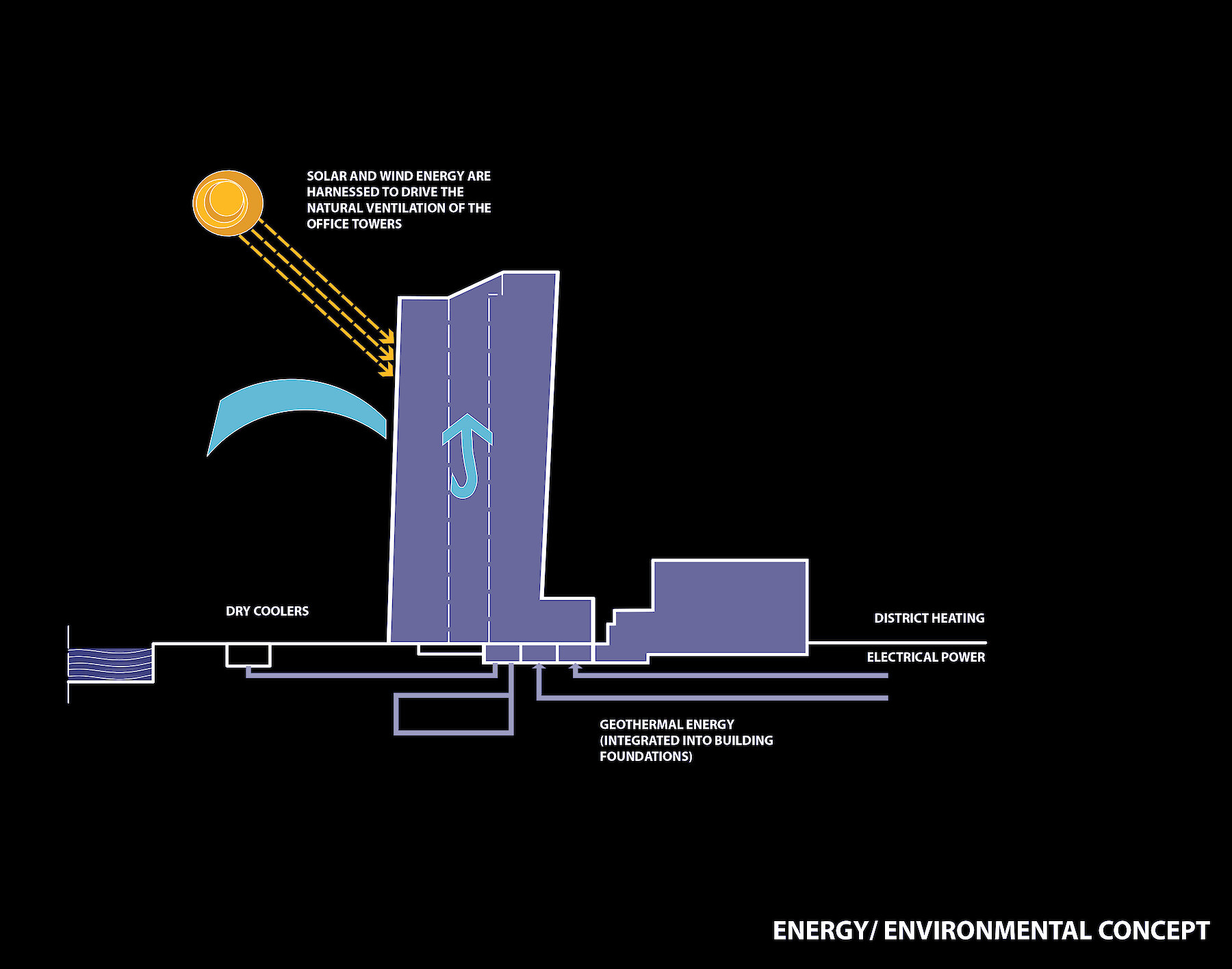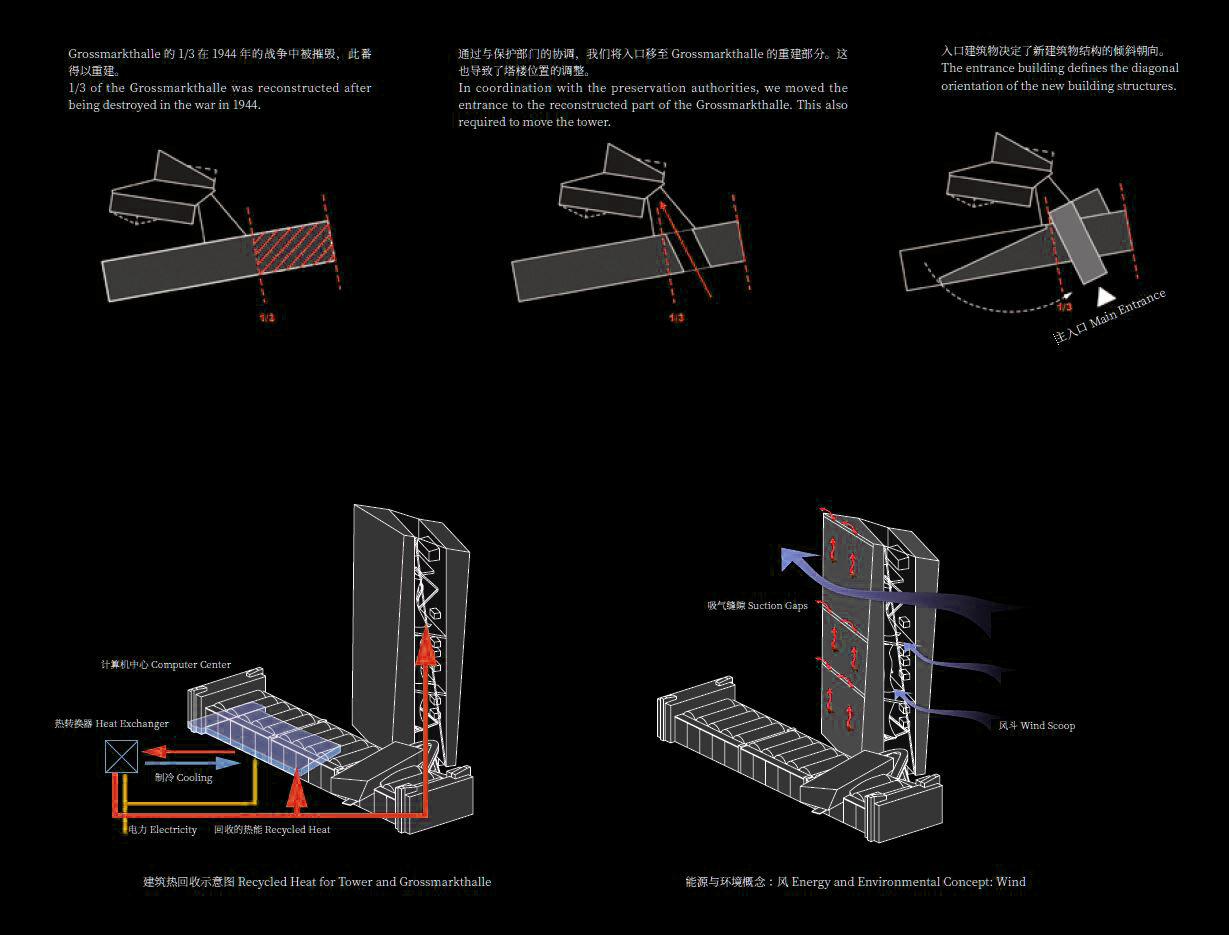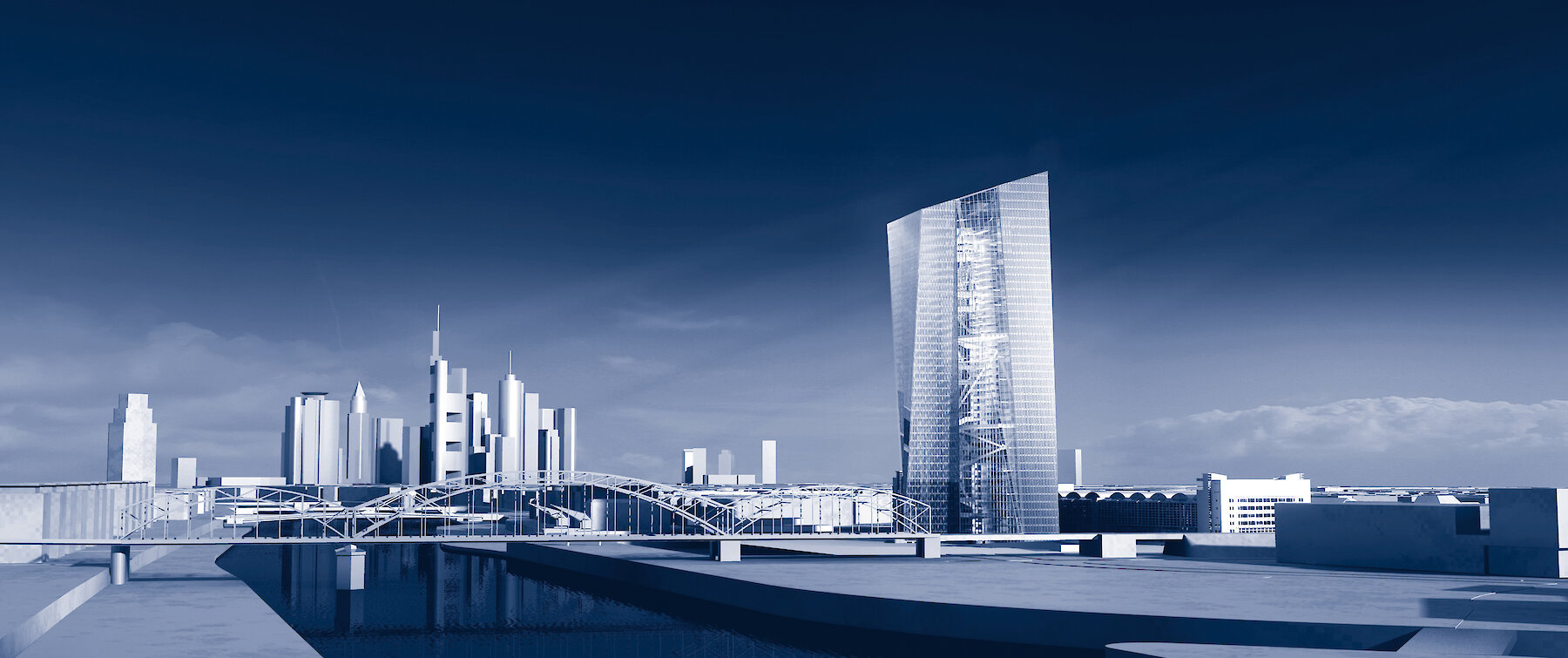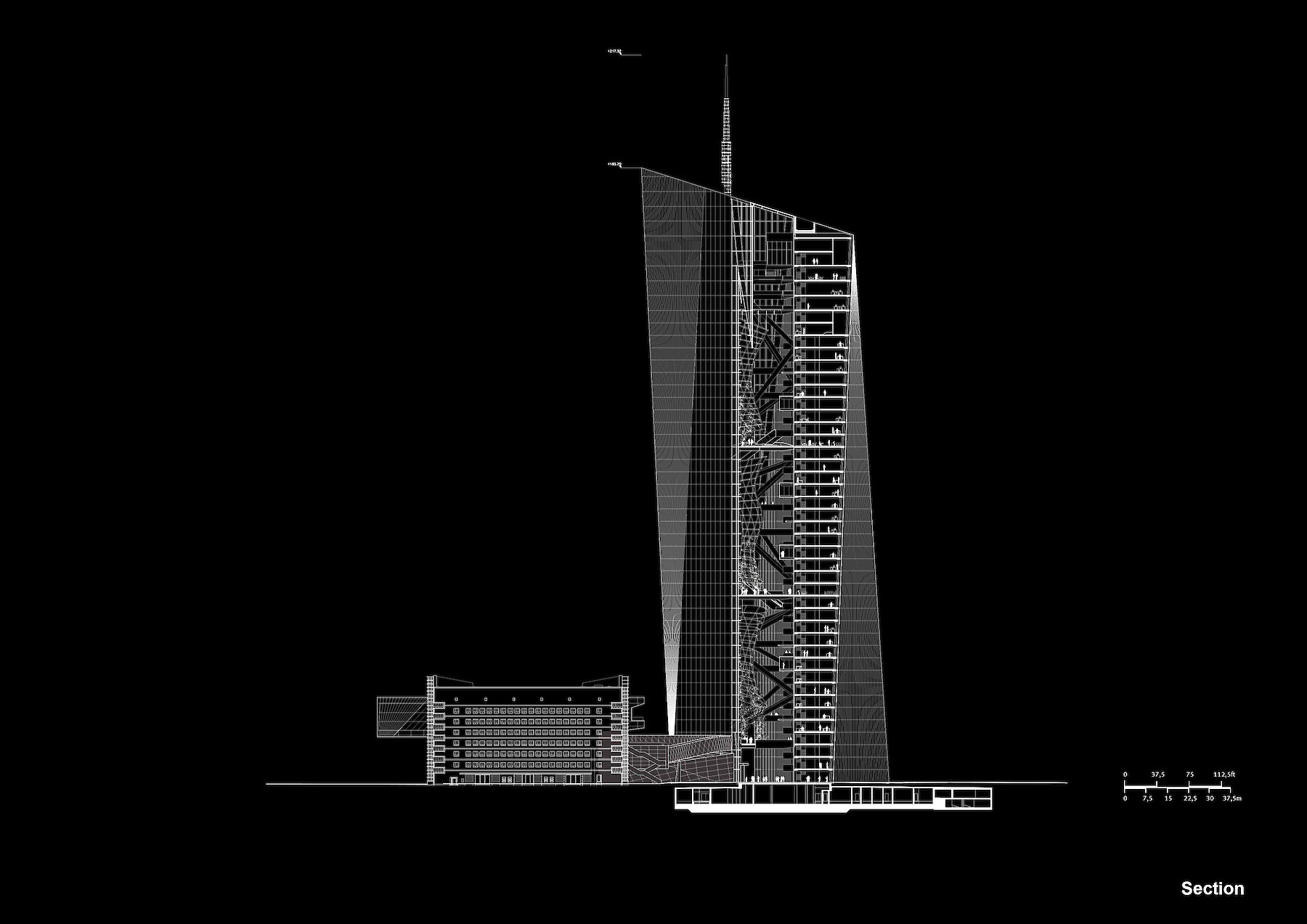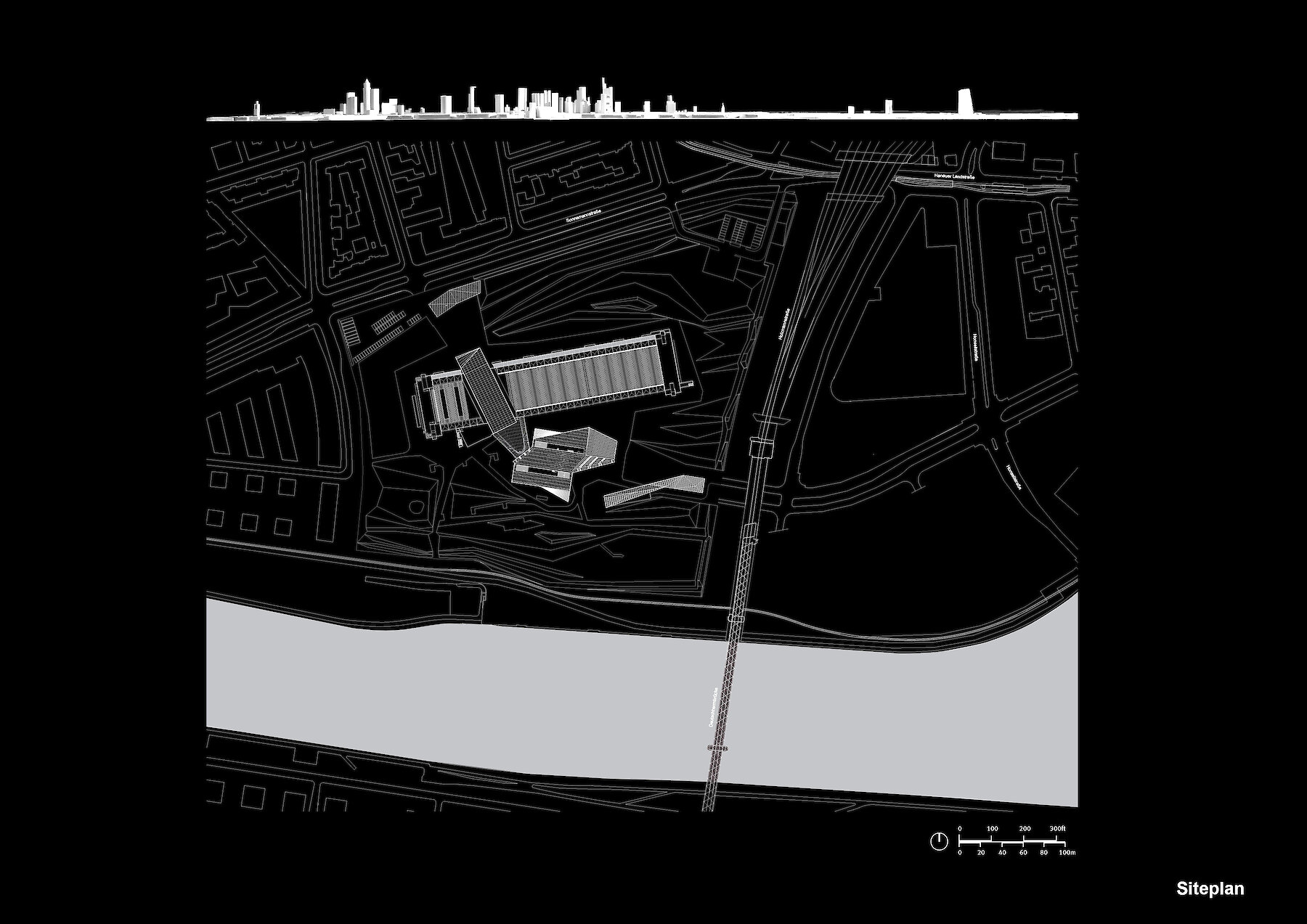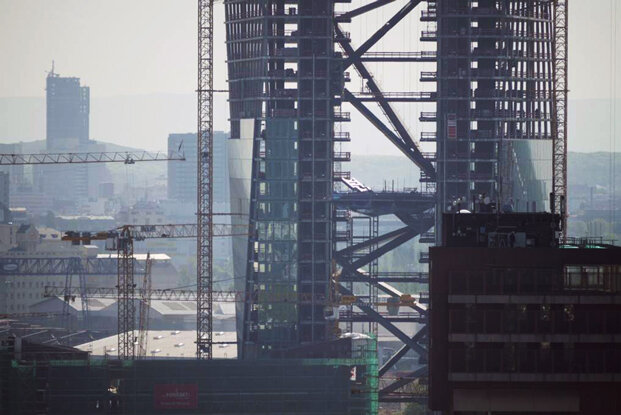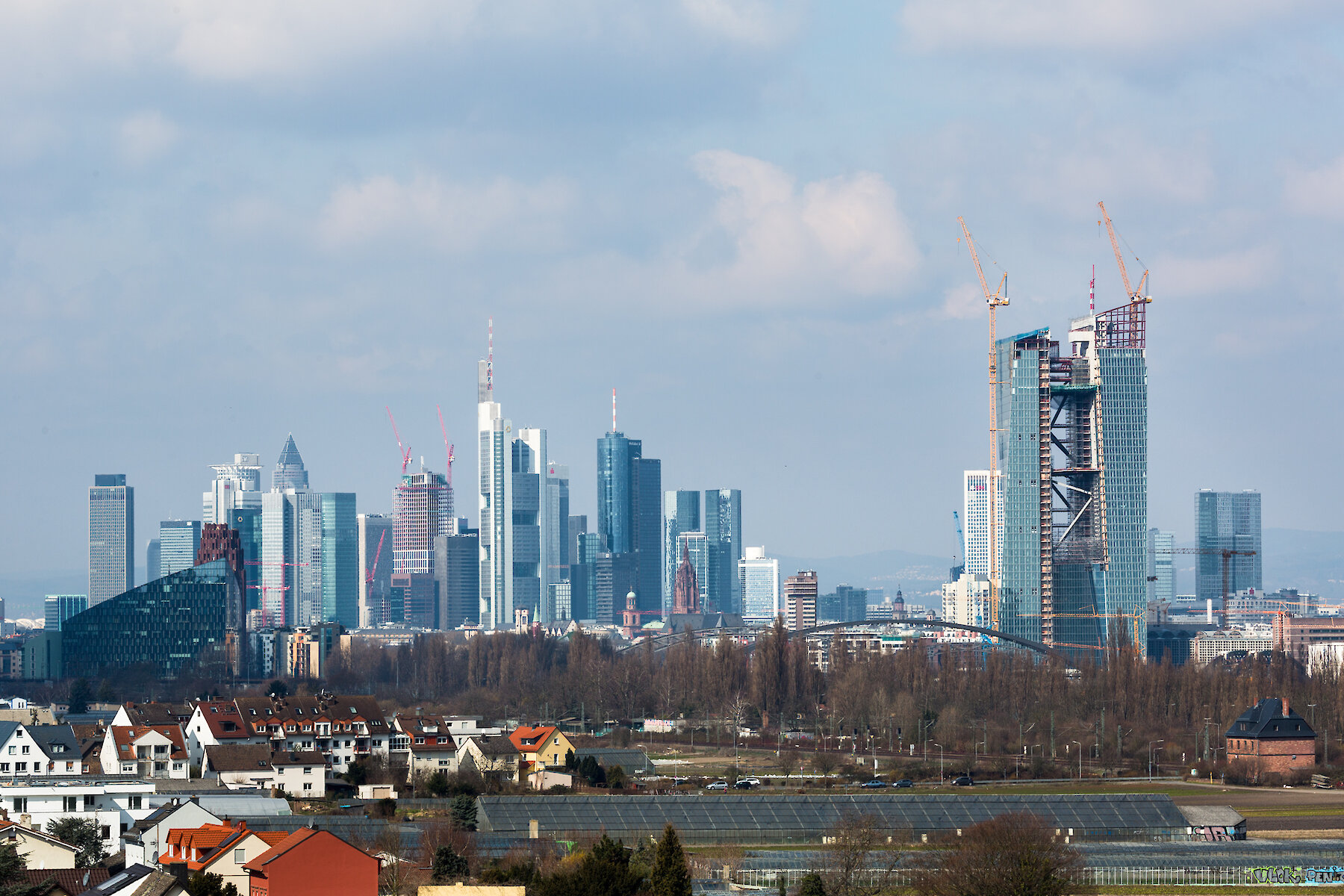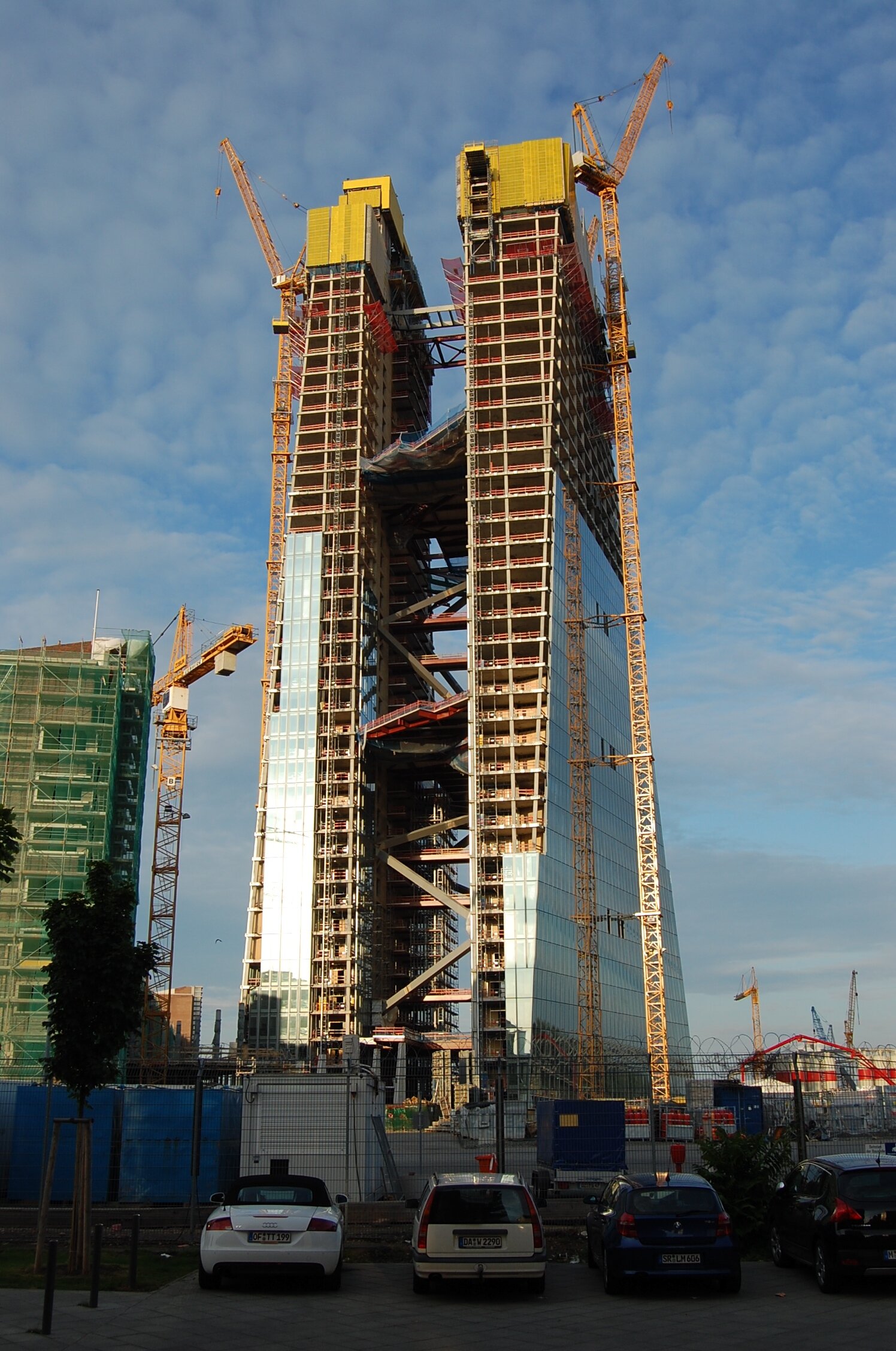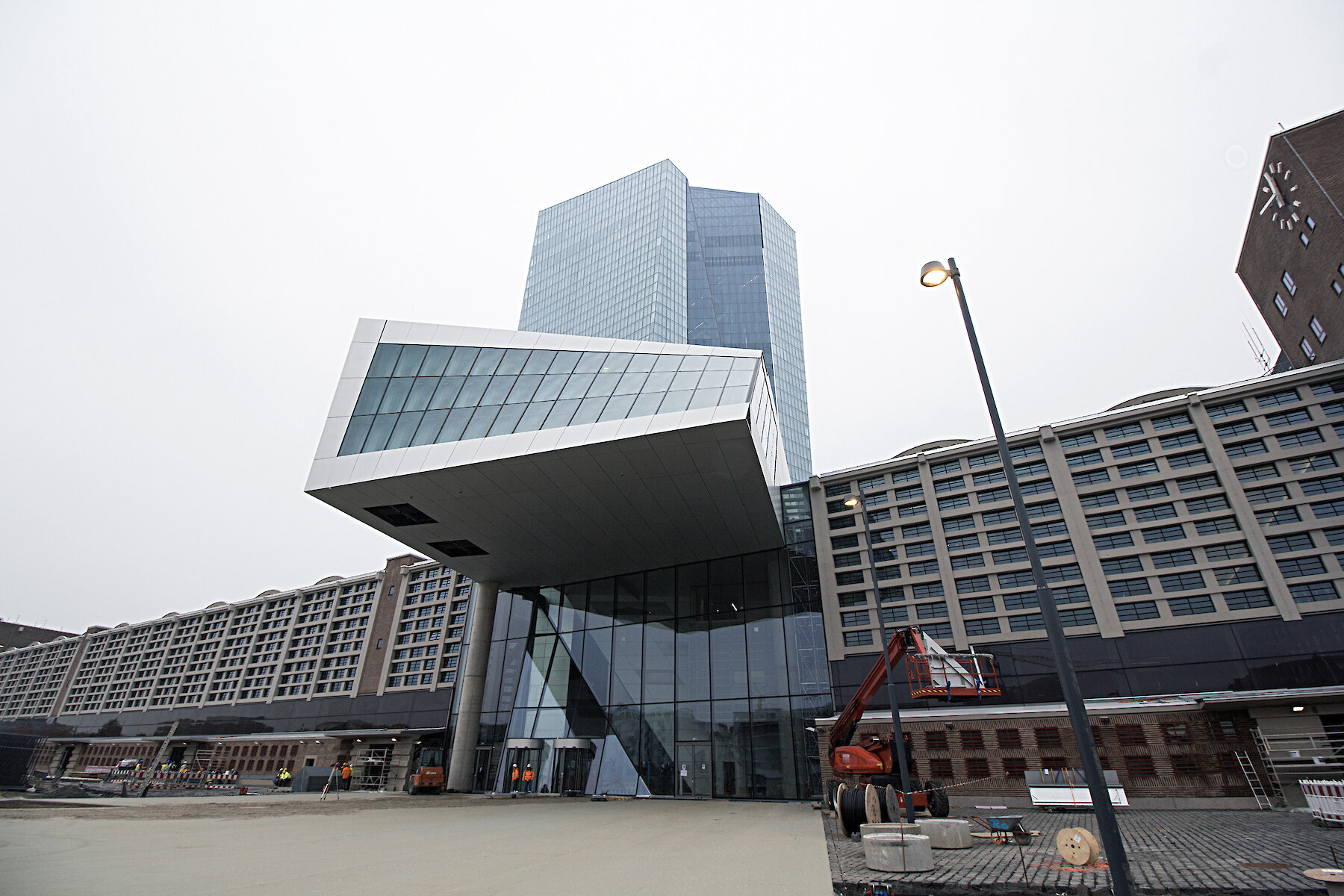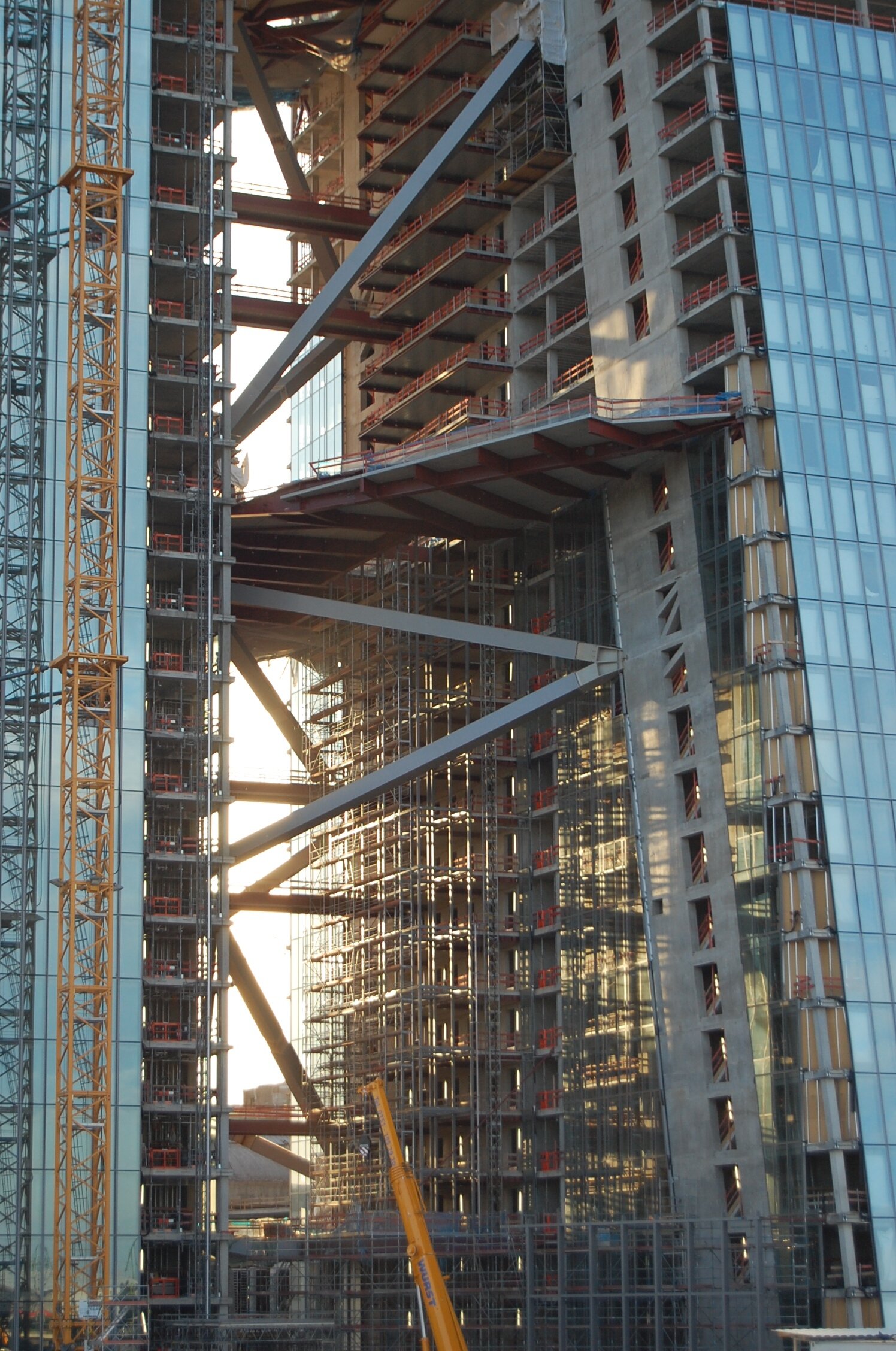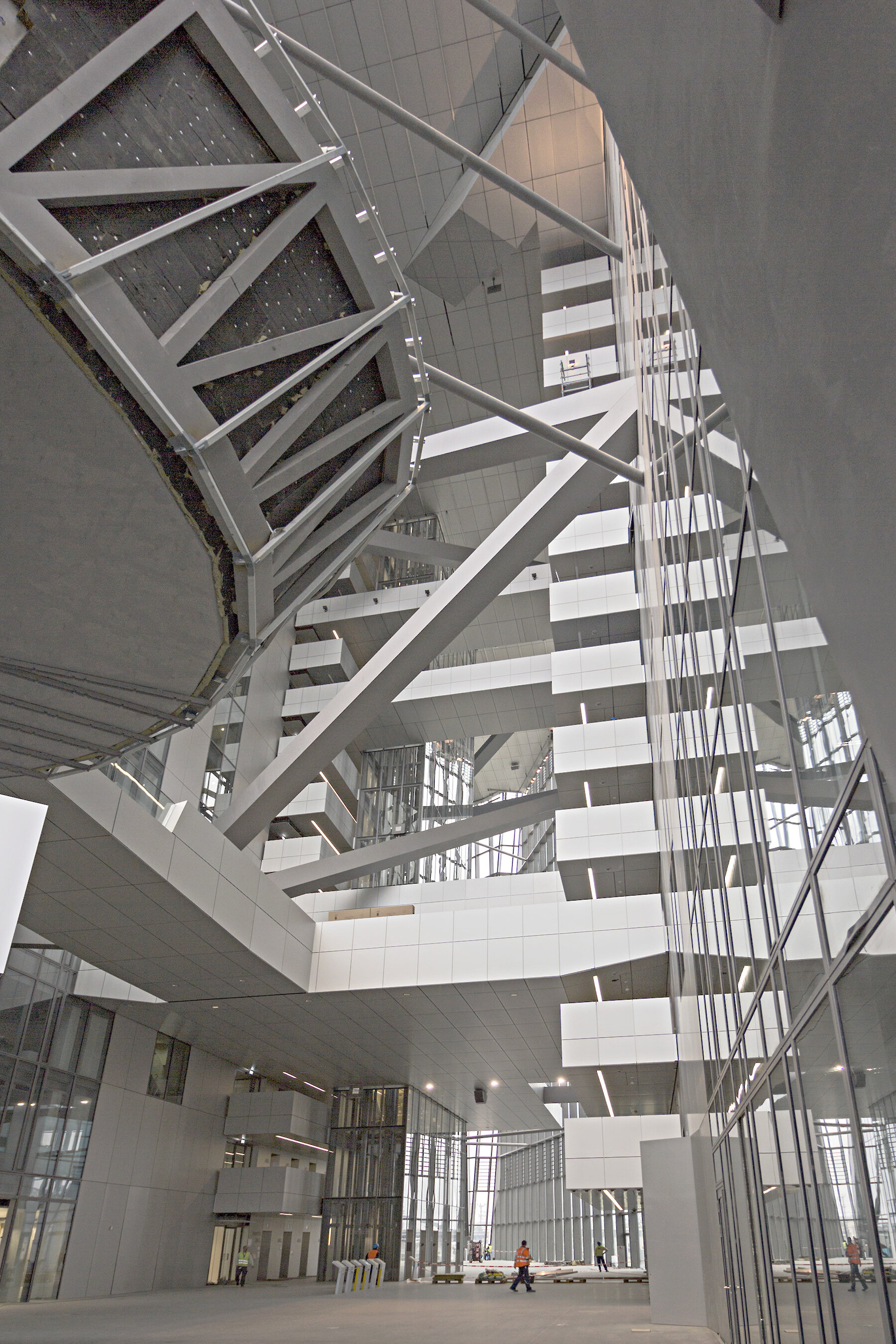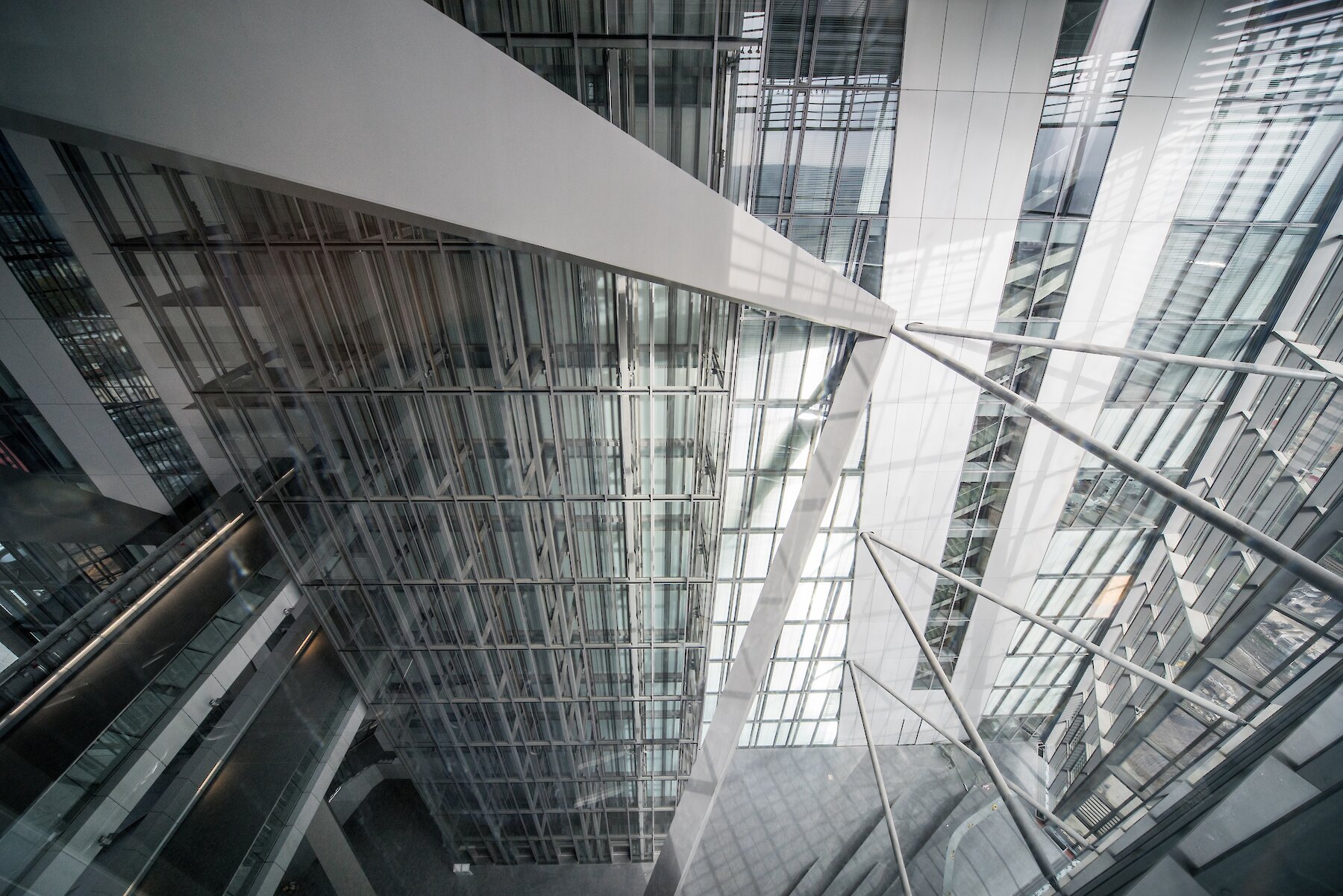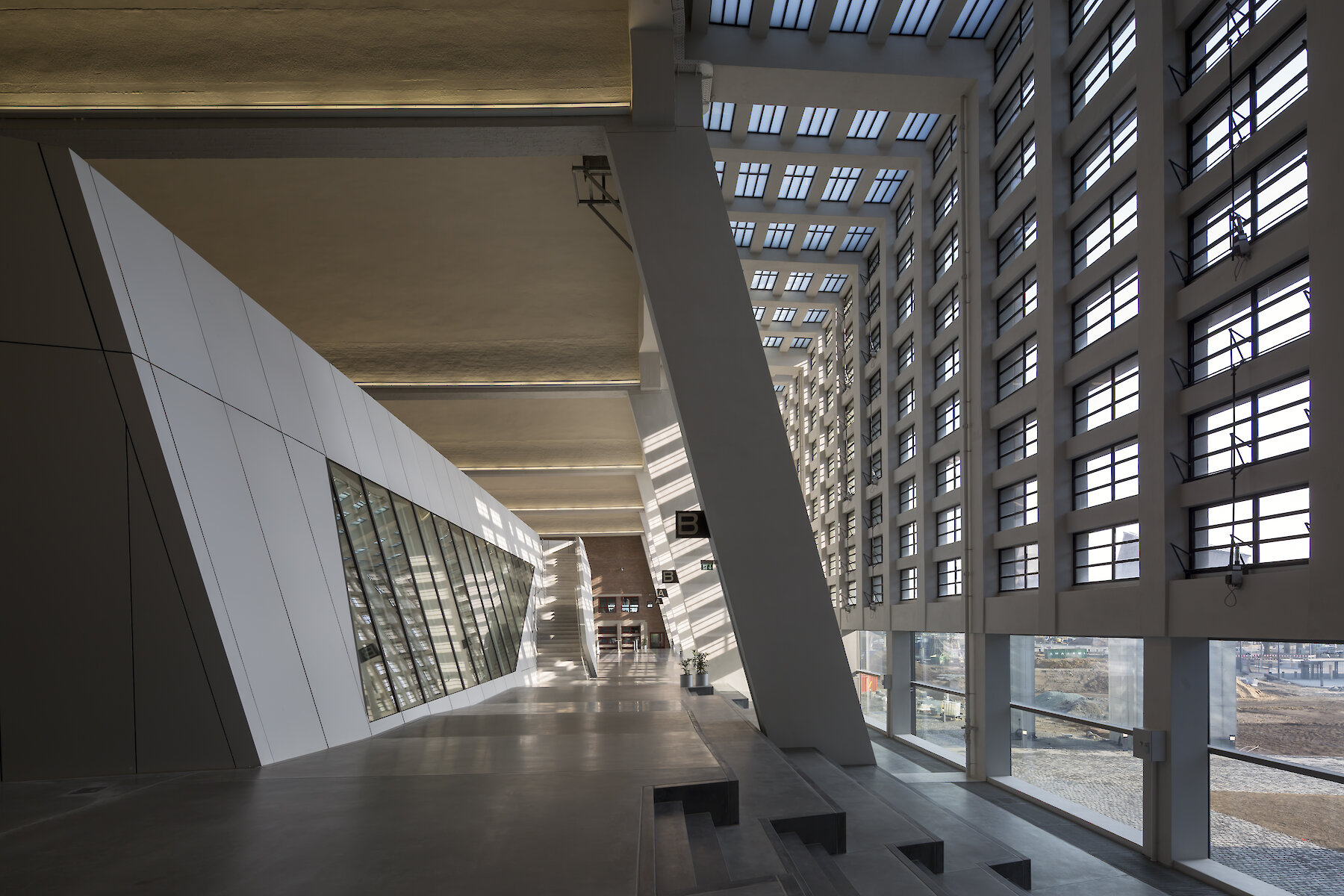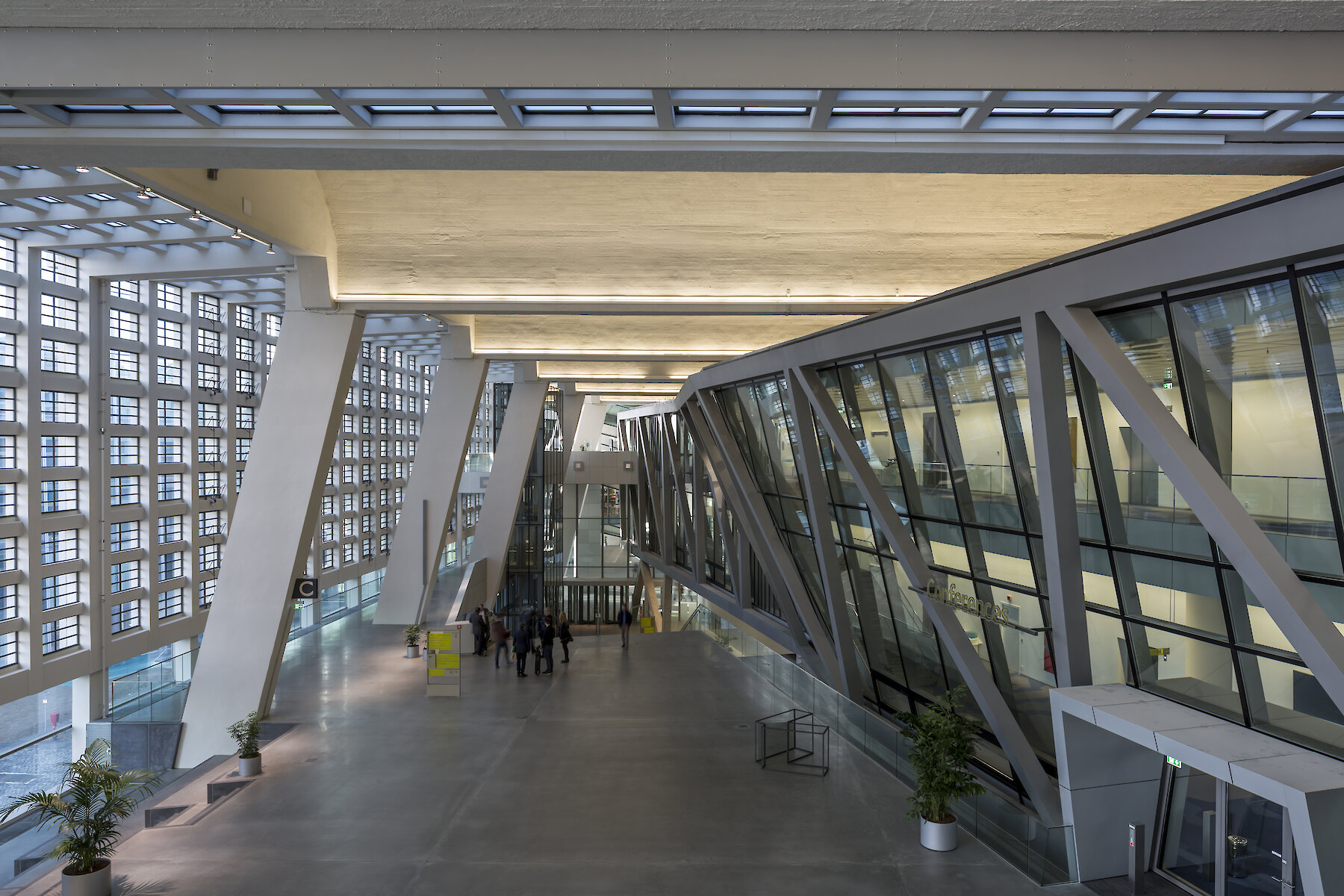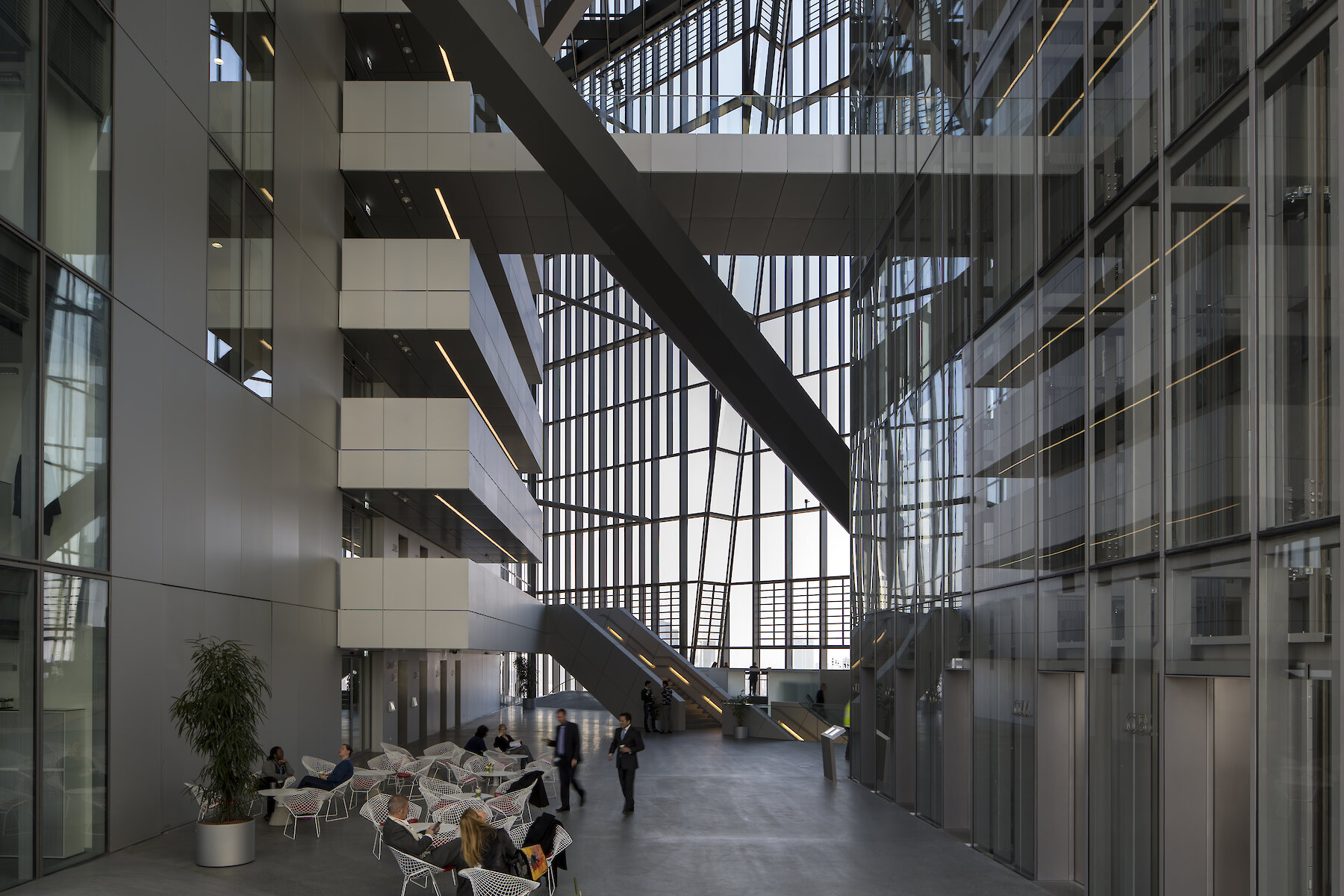European Central Bank
An Iconic Tower as a Symbol for the European Union
An Iconic Tower as a Symbol for the European Union
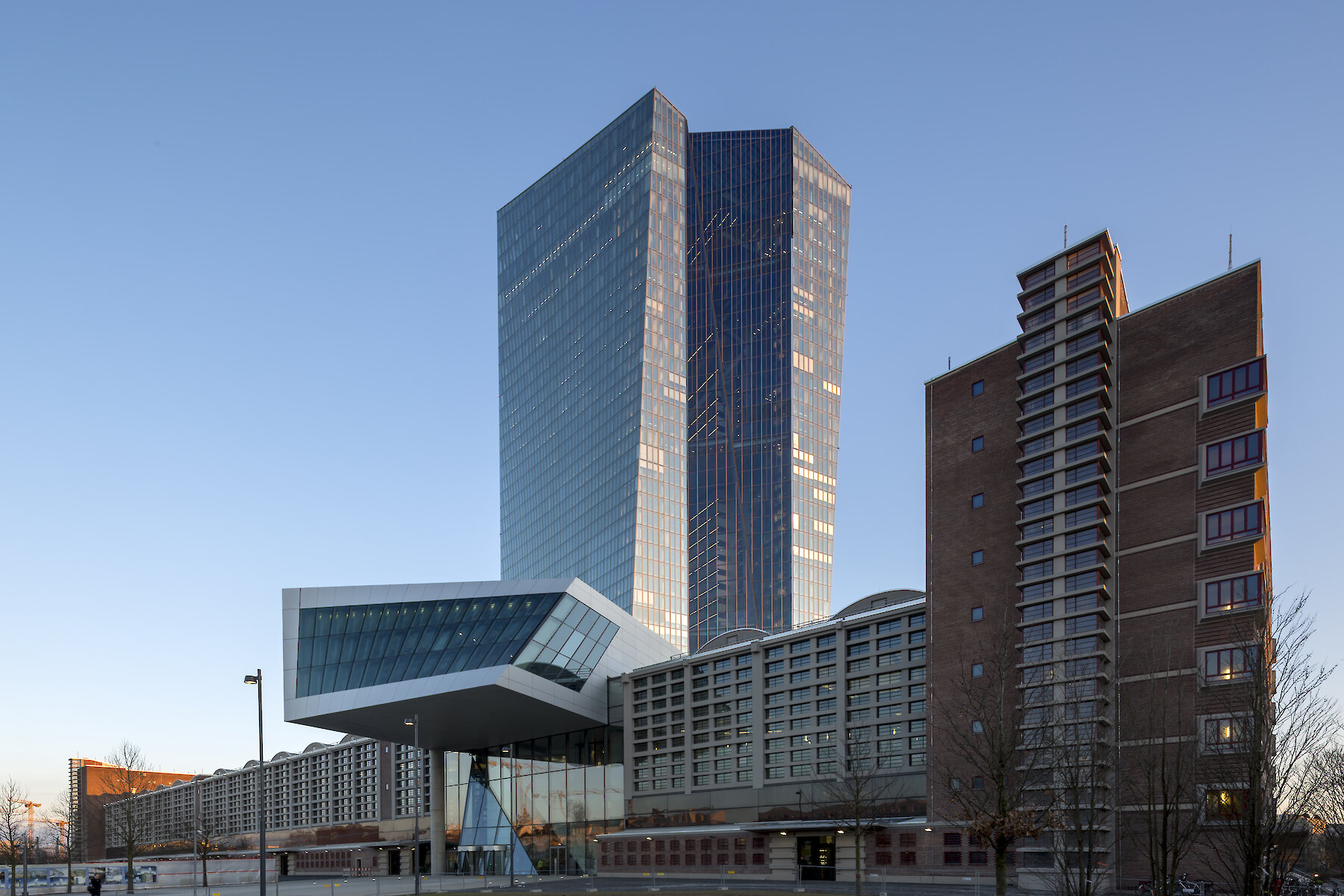
From the beginning, it was an explicit request of the European Central Bank (ECB) to create a unique, iconic building as a symbol for the European Union.
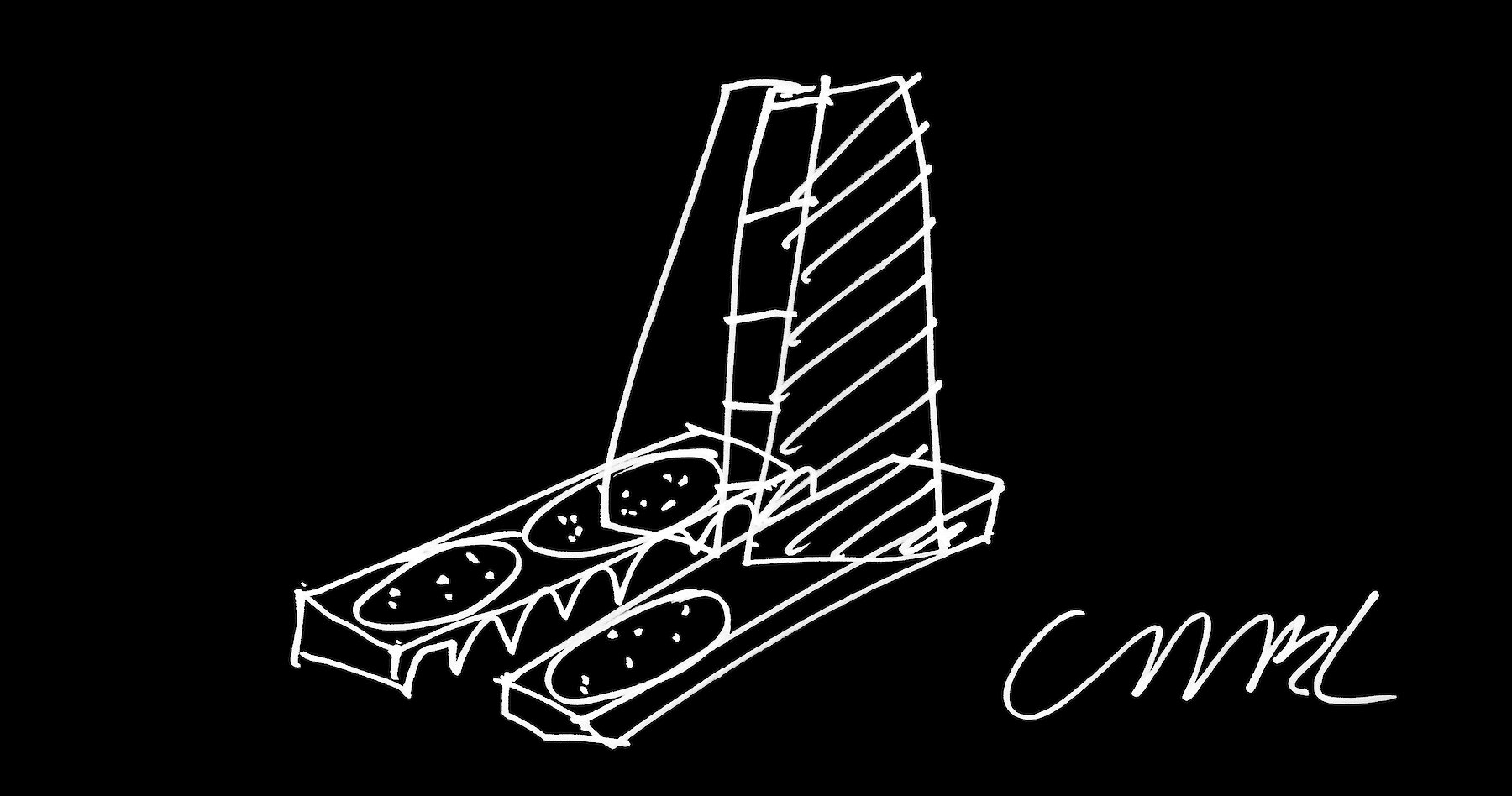
Initial Concept Sketch by Wolf dPrix
Coop Himmelb(l)au
Quote
“The design for the European Central Bank corresponds to the principle of a polycentric city, which is much more dynamic than a monocentric city.”
Project info
A new typology of a skyscraper: The hyperboloid cut as a distinctive and unique building characteristic can only be achieved with a completely different kind of skyscraper geometry. The design concept of the ECB was to make a vertical hyperboloid cut through a 185-meter-tall monolithic block, wedge it apart, twist it, and fill the newly created intermediary space with a glass atrium. The result is highly complex geometry and a multifaceted building offering a completely different appearance from each angle: massive and powerful from the South-East, slender and dynamic from the West.
The design of the European Central Bank in Frankfurt combines the new iconic double tower with the vast horizontal structure of the Grossmarkthalle, a protected landmark, creating a new urban development focus in Frankfurt’s Ostend district.
United by an entrance building, these two elements form an ensemble of special architectural significance. Featuring bridges, pathways and platforms, the glass atrium between the two high-rises creates a “vertical city”. The semi-public and communicative functions are located in the Grossmarkthalle.
The atrium – a “vertical city”
The atrium with its visible steel support structure occupies nearly the entire height between the office towers. Connecting and transitioning platforms horizontally divide this interstitial space into three sections with heights from 45 to 60 meters. Just like public squares, they invite visitors to communicate while hanging gardens ensure a pleasant indoor climate. Elevators and stairs connect the levels together and to the public areas located in the Grossmarkthalle.
The Grossmarkthalle – an “urban foyer”
The existing Grossmarkthalle, a former wholesale market built in the 1920s, is used as an “urban foyer”. The conference and visitor center as well as the library and employee cafeteria are placed diagonally in the spacious interior, as independent building structures (a “house within a house” concept). A floating building penetrates the hall from the outside. With its asymmetrical contours, slanted facades and generous windows, it marks the emblematic entrance to the ECB. The so-called “loop”, a glass walkway between the high-rise and the market hall, completes the ensemble.
Focus point of a new urban development
The ECB’s architecture was carefully attuned to its location in Frankfurt’s Ostend district. With its clear orientation towards the various urban perspectives, the ensemble enters a dialogue with Frankfurt’s main points of reference: the Alte Oper, the Museum Embankment, and the skyline of the financial district. The distinctive tower, in turn, can be seen from all the important parts of the city center and the Main river, thereby marking the development of a new center in the East of Frankfurt.
Energy efficiency and sustainability are key factors of the project
The sustainable energy concept includes utilization of rainwater, heat recovery, efficient insulation, sun protection, and natural lighting as well as natural ventilation for the offices. The latter takes place via vertical, room-high ventilation elements installed on the triple-layered hybrid façade of the towers, otherwise acting as a shield. Some areas, such as the atrium and open spaces of the Grossmarkthalle, serve as a buffer zone between indoor and outdoor climates.
Project insights
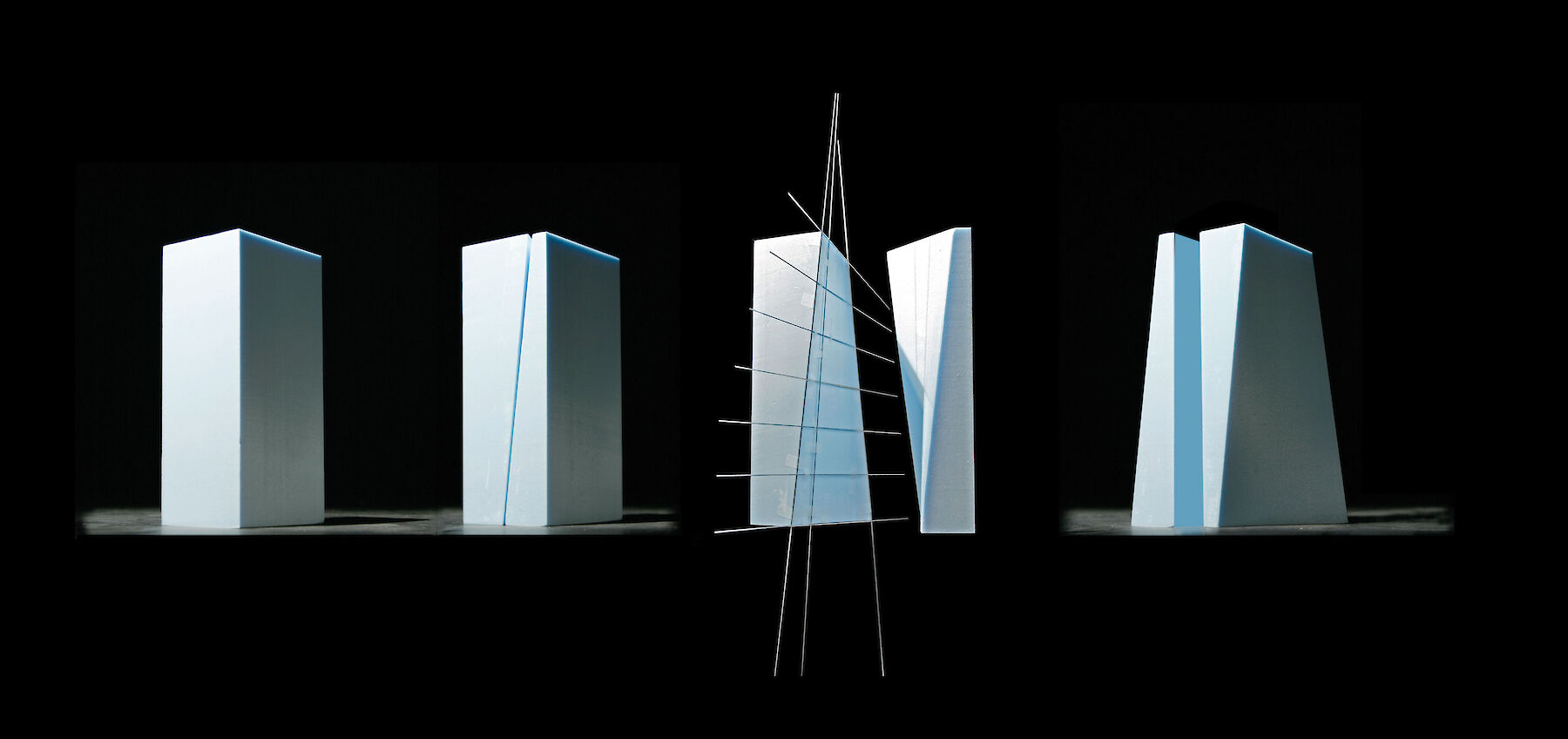
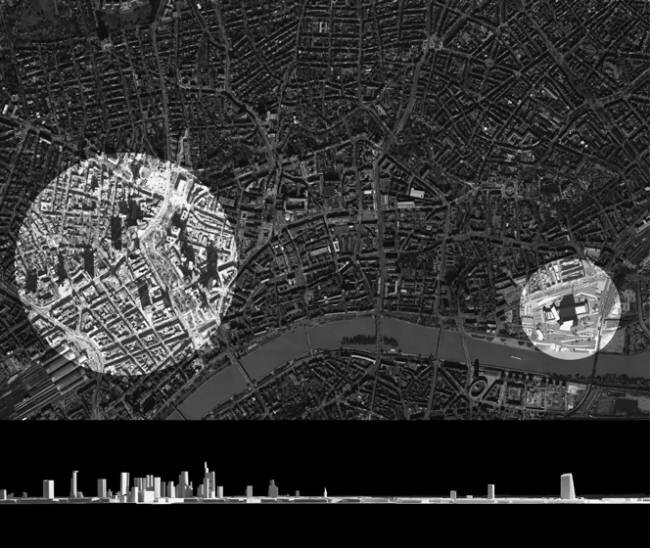
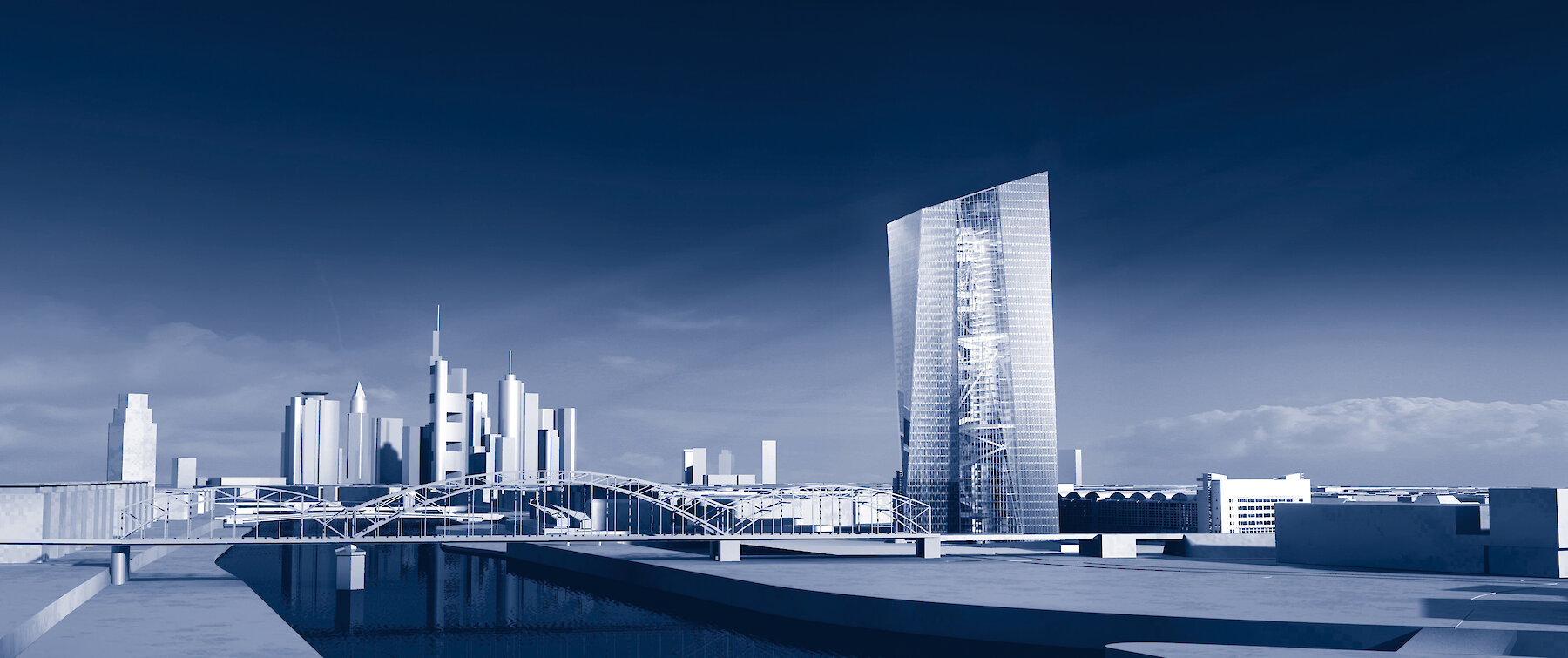
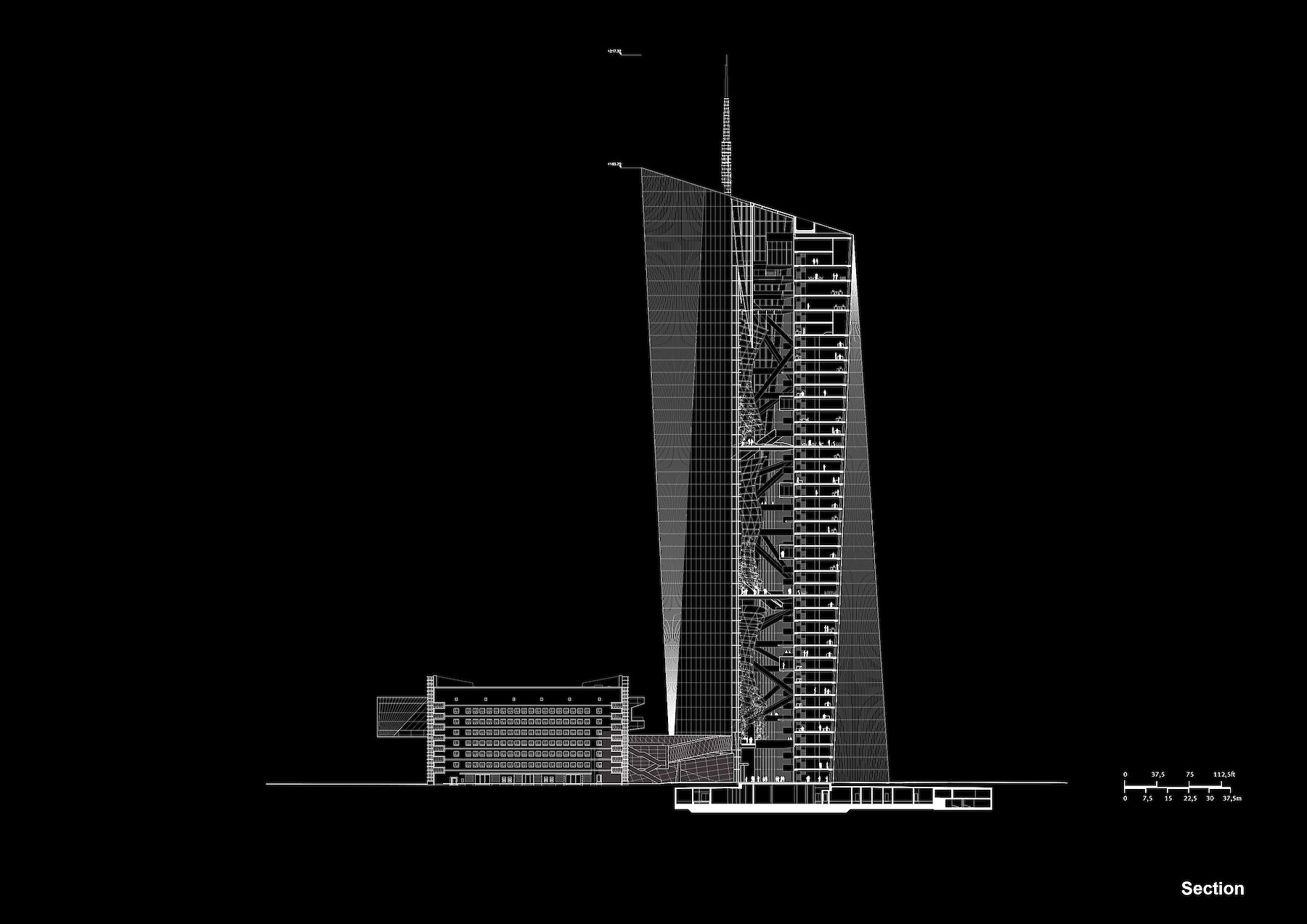
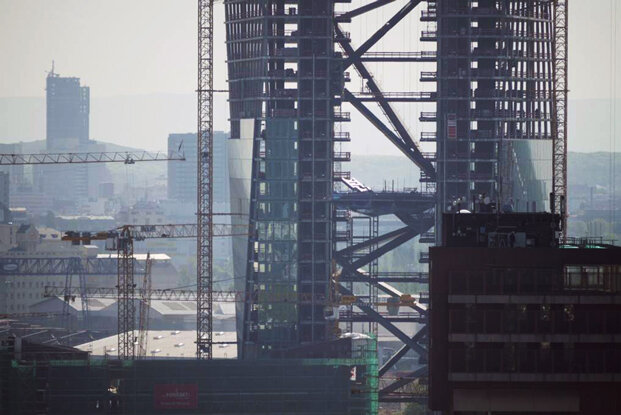
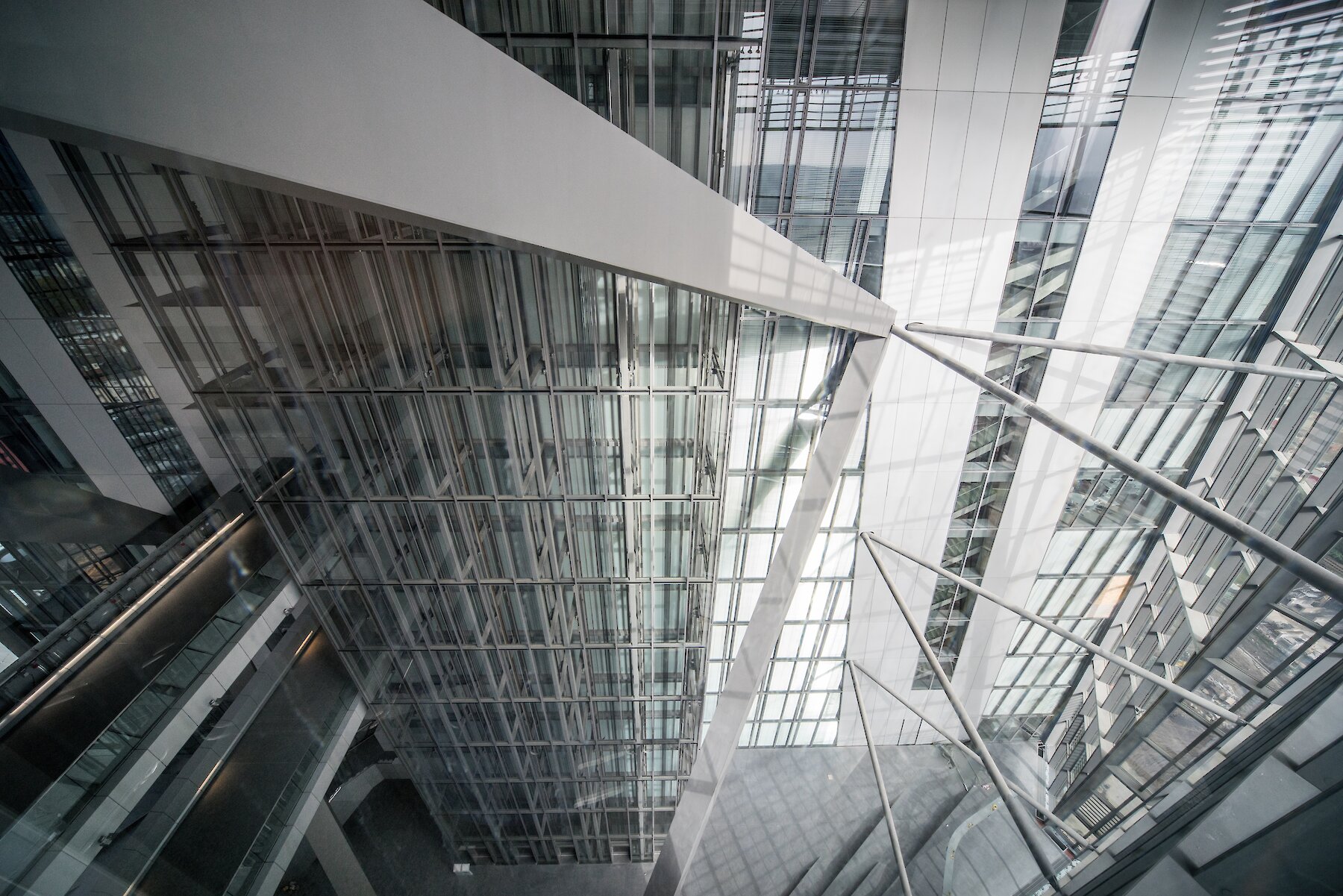
- Location
- Frankfurt, Germany
- Client
- European Central Bank
- Competition
- 2003 – 2004
- Start of planning
- 2005
- Start of construction
- 2010
- Completion
- 2014
- Opening
- 2015
- Site area
- 120000 m²
- Gross floor area
- 185 000 m²
- Footprint
- 33 000 m²
- Height
- 220 m
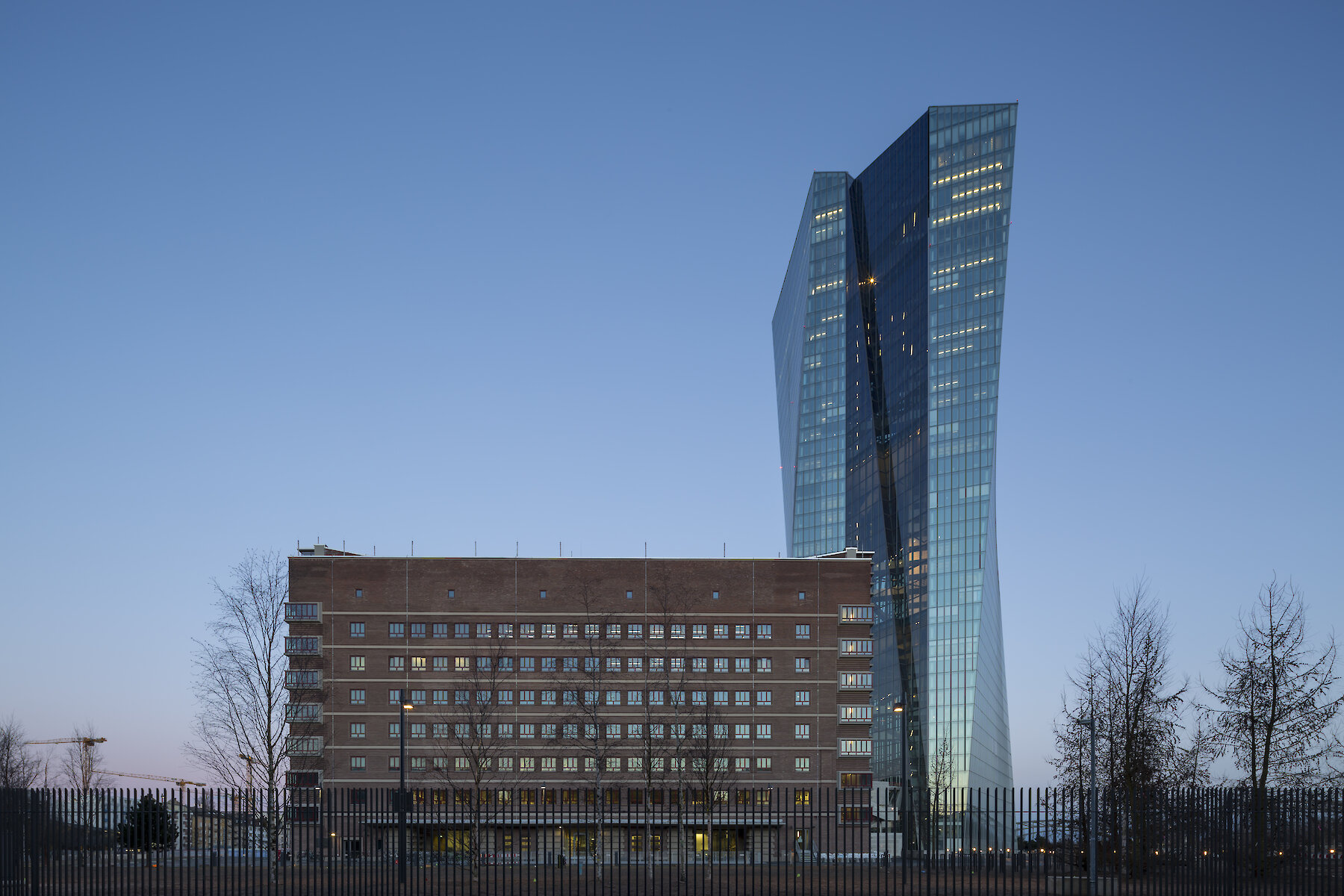
Paul Raftery
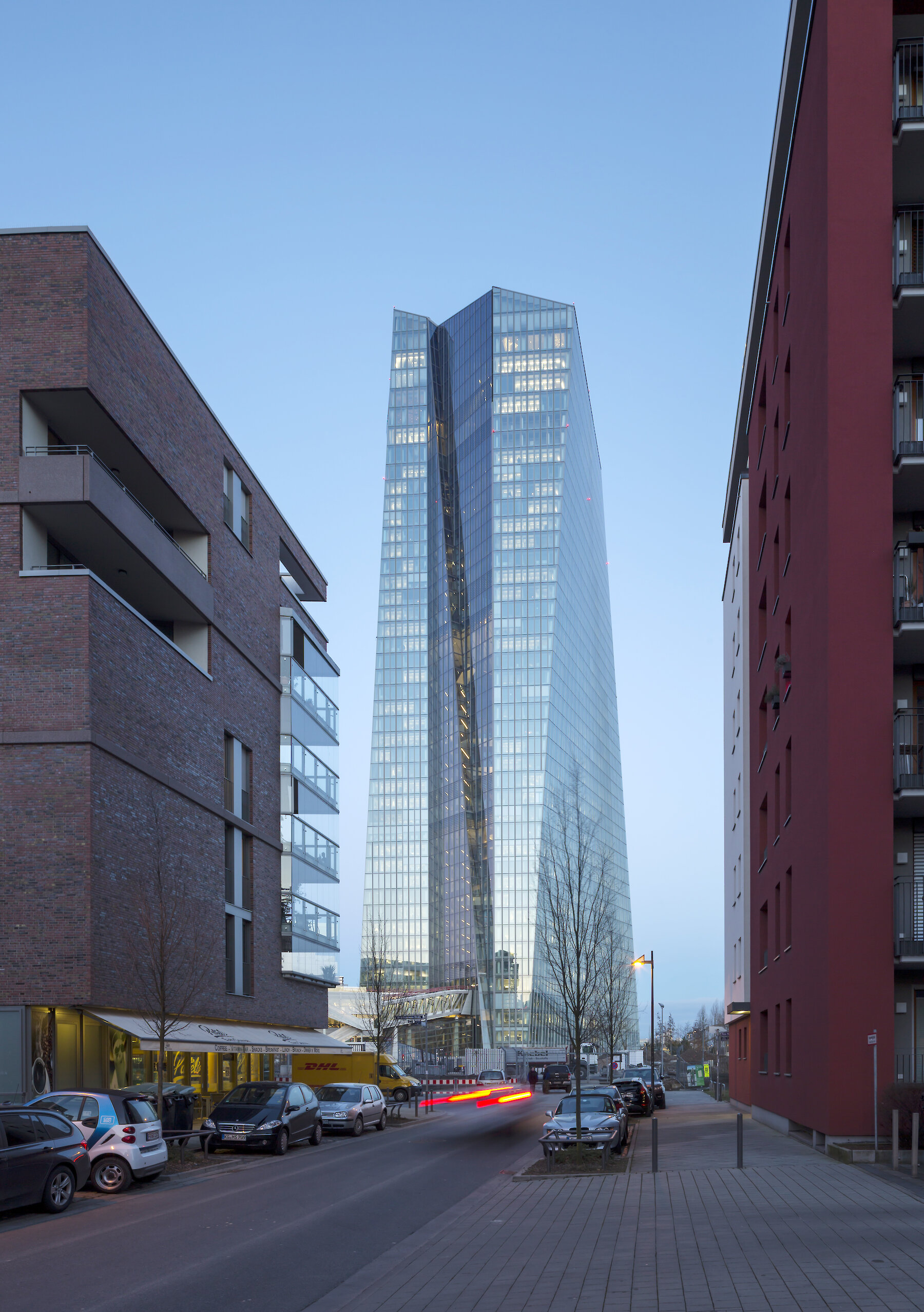
Paul Raftery
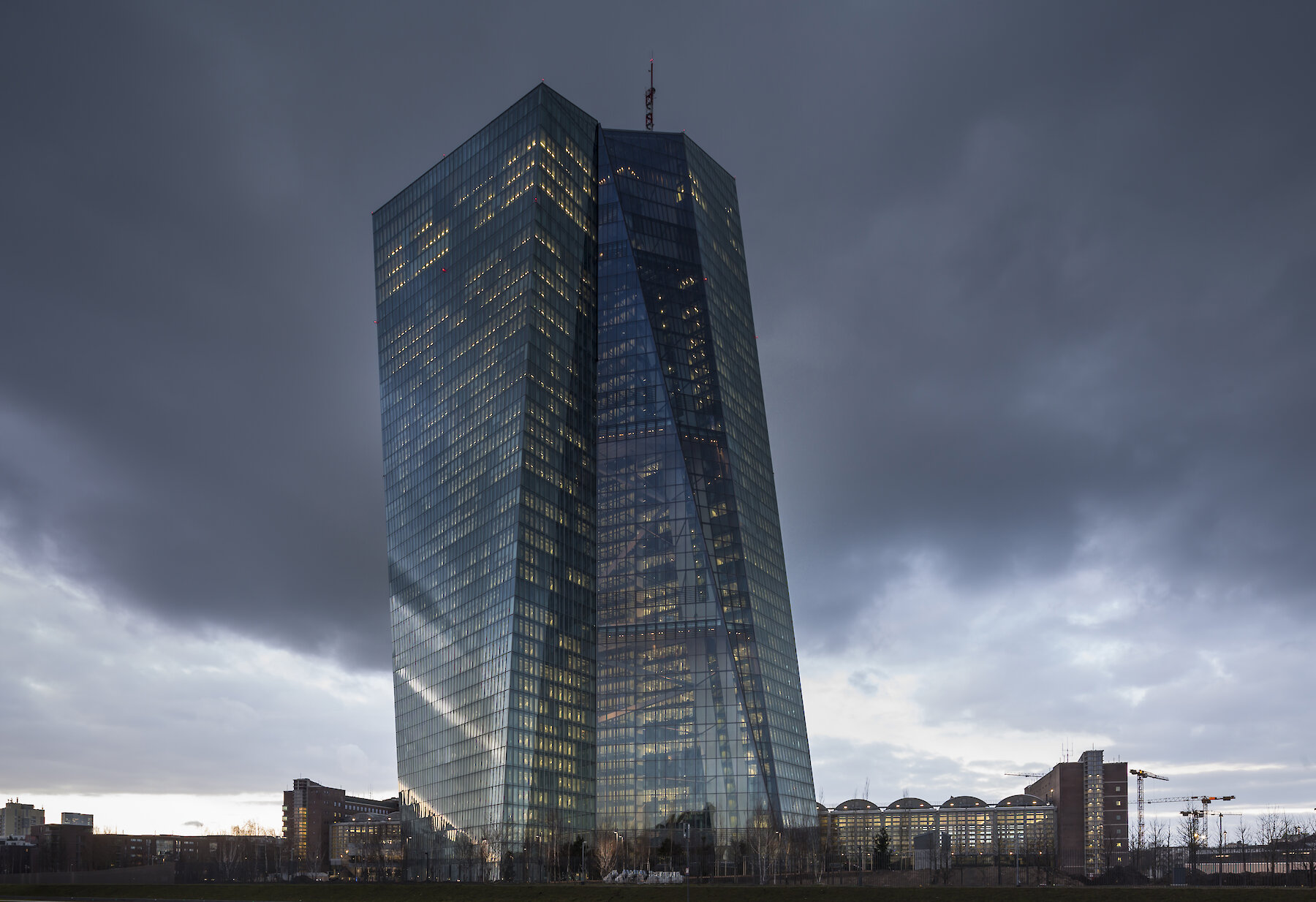
Paul Raftery

Paul Raftery
On the map
Related projects
Central Bank of Azerbaijan
Baku, Azerbaijan
2008/2021–2025
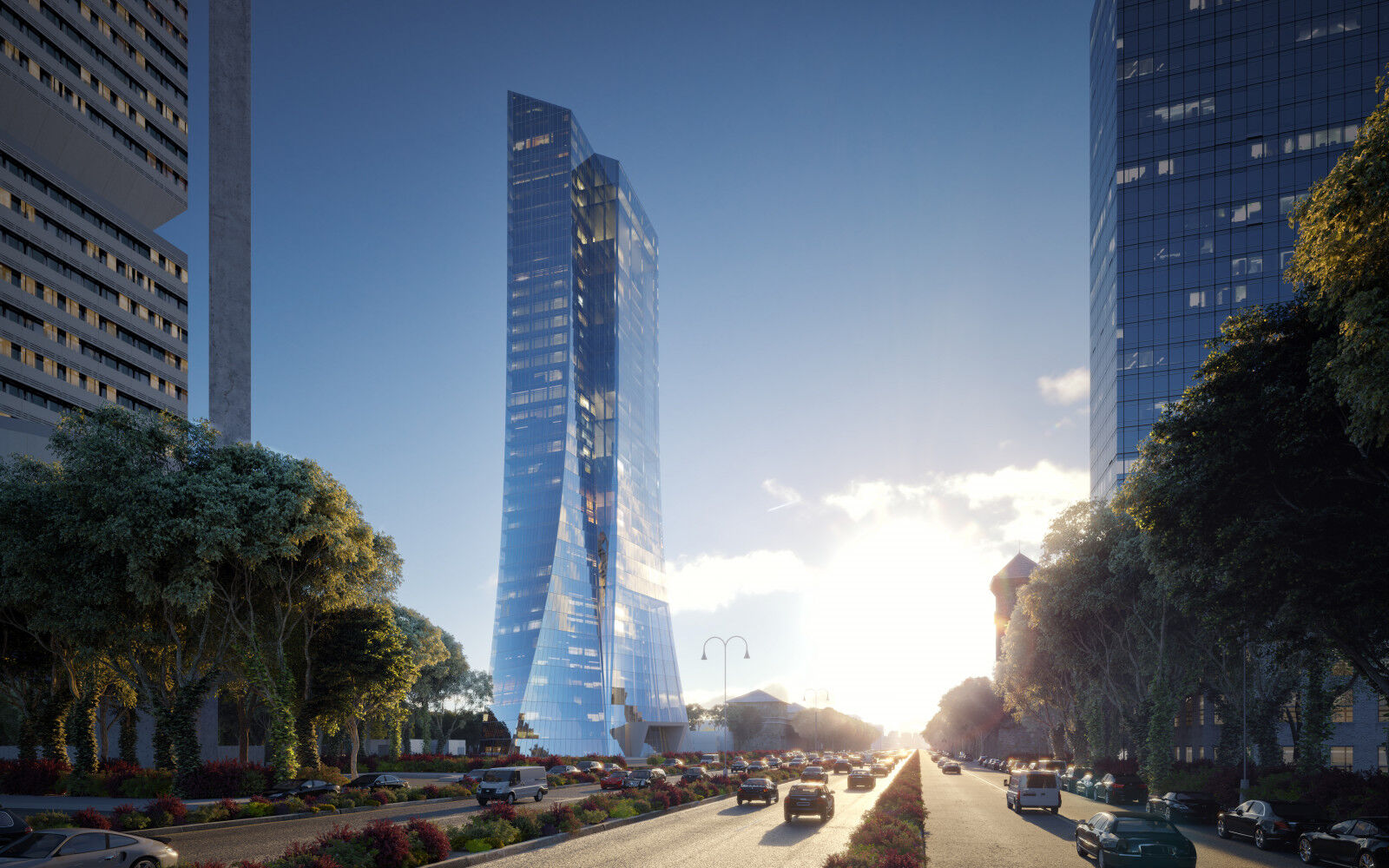

Dalian International Conference Center
Dalian, China
2008–2012
